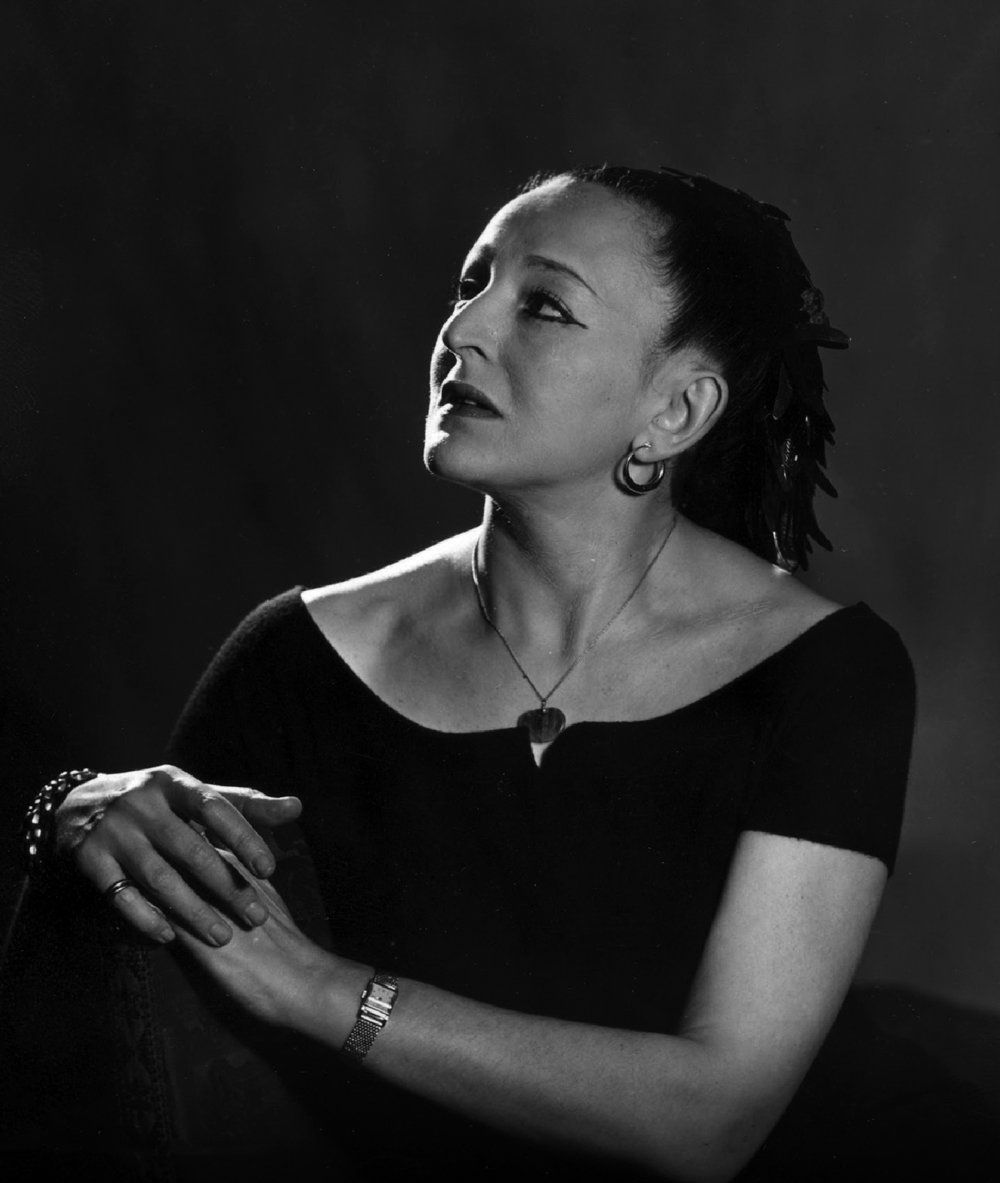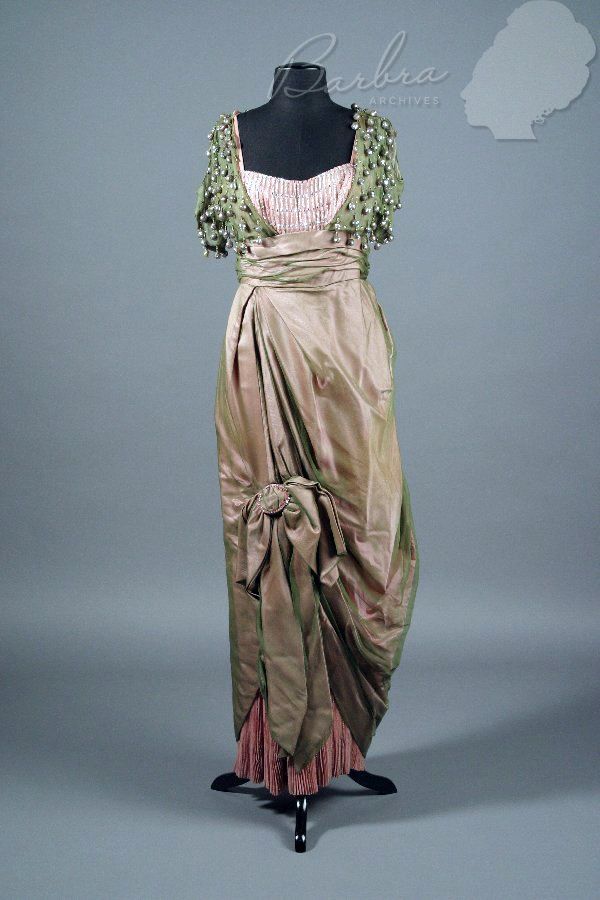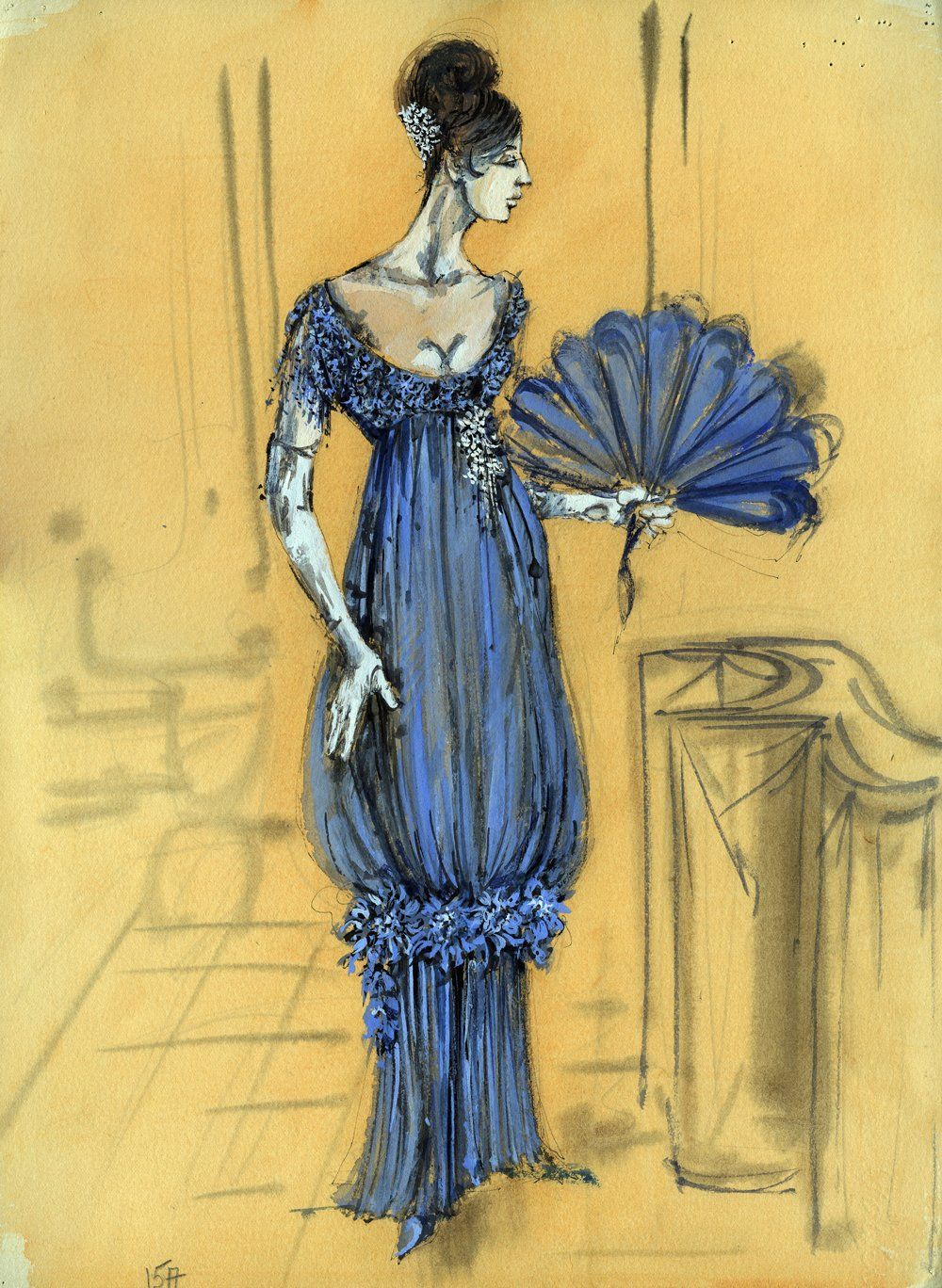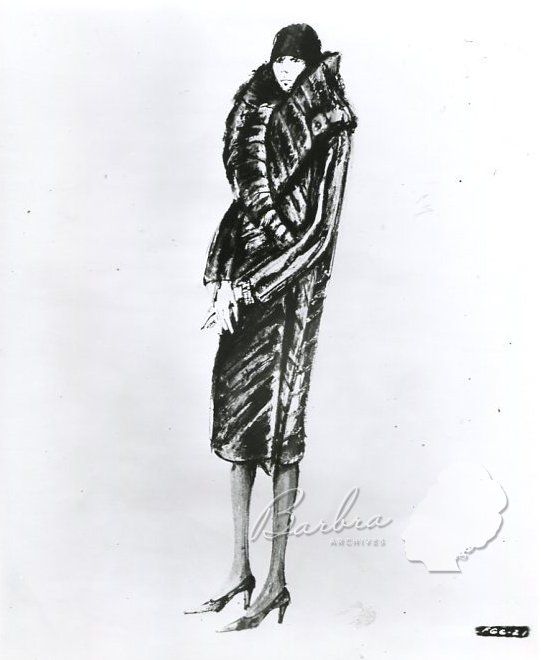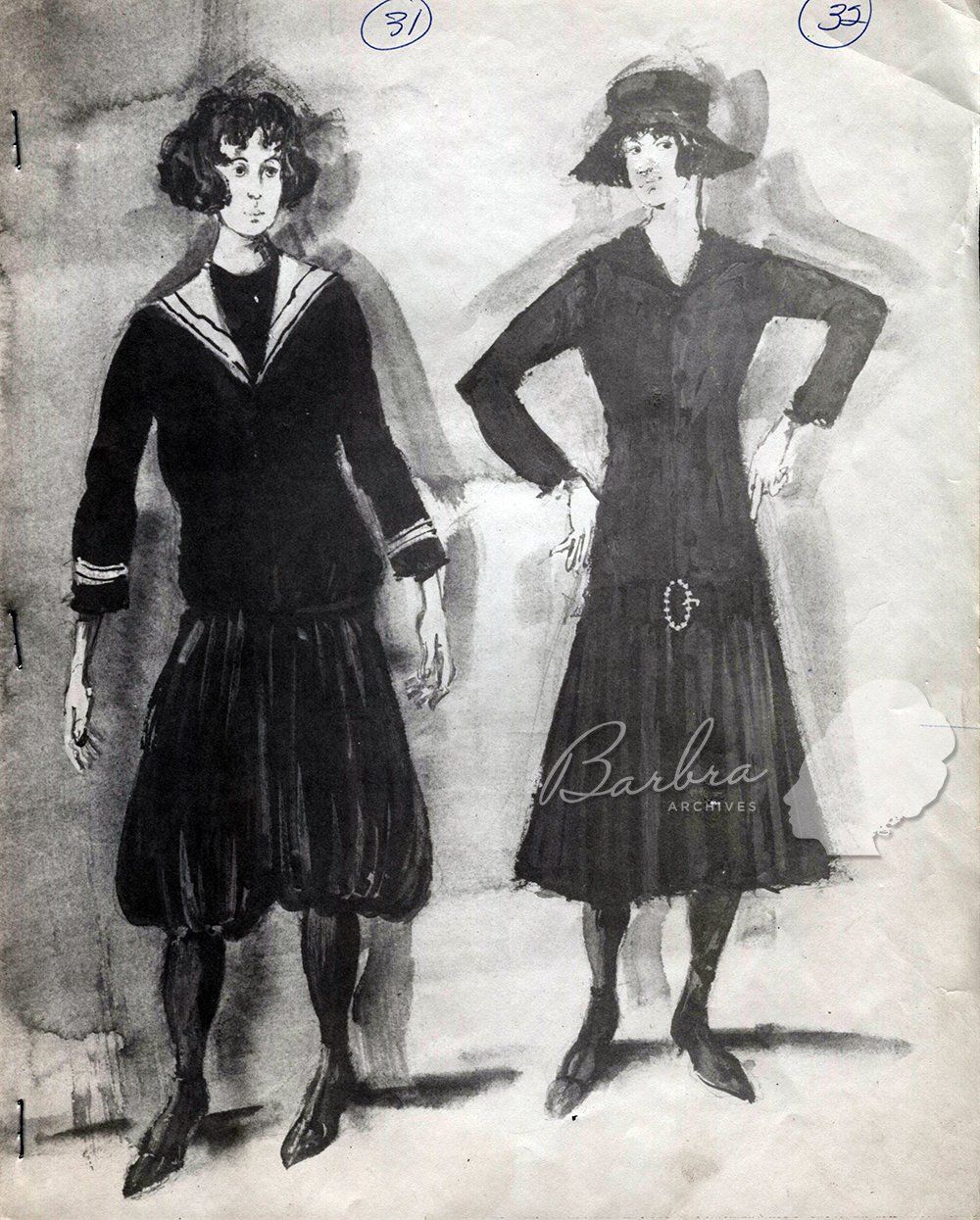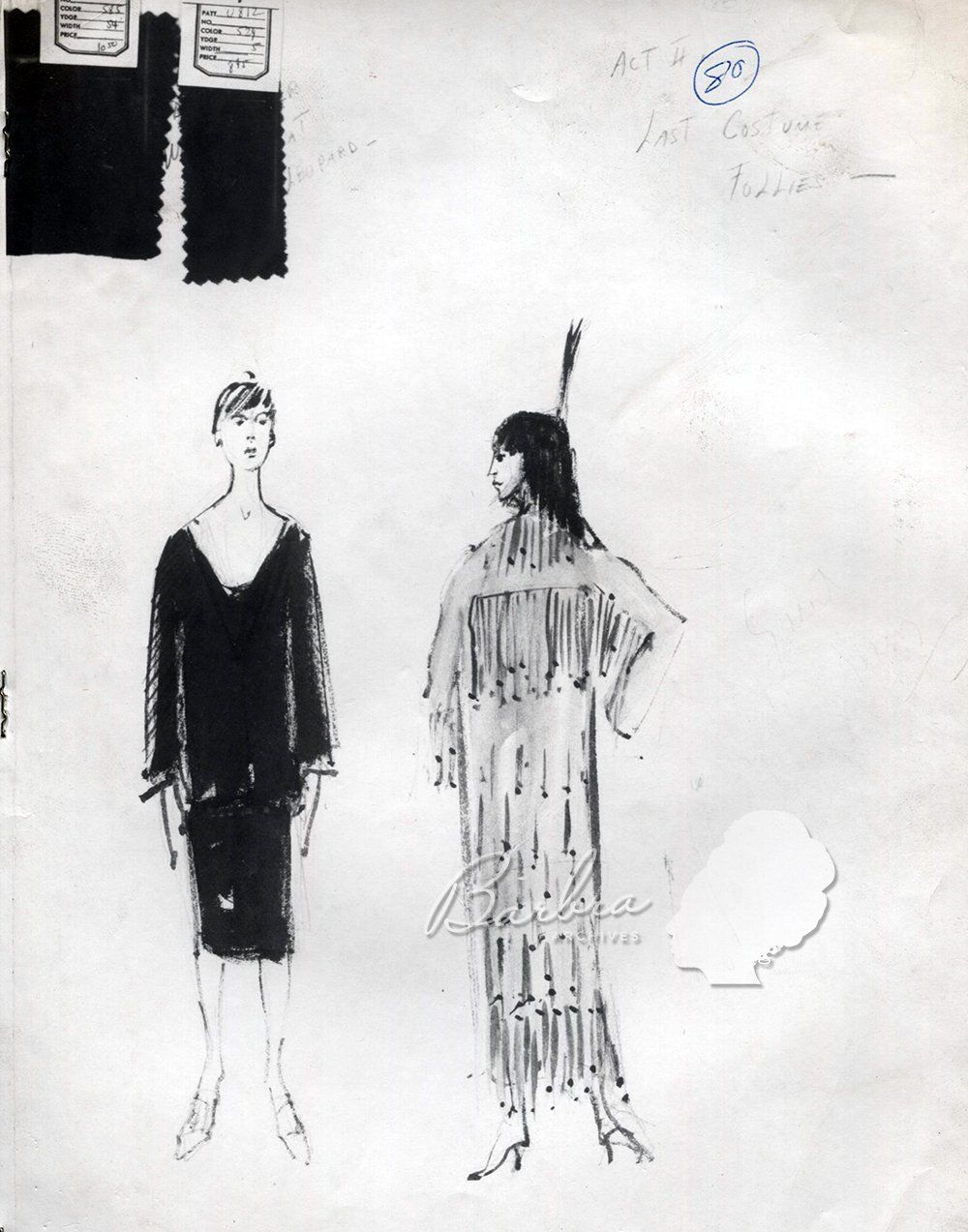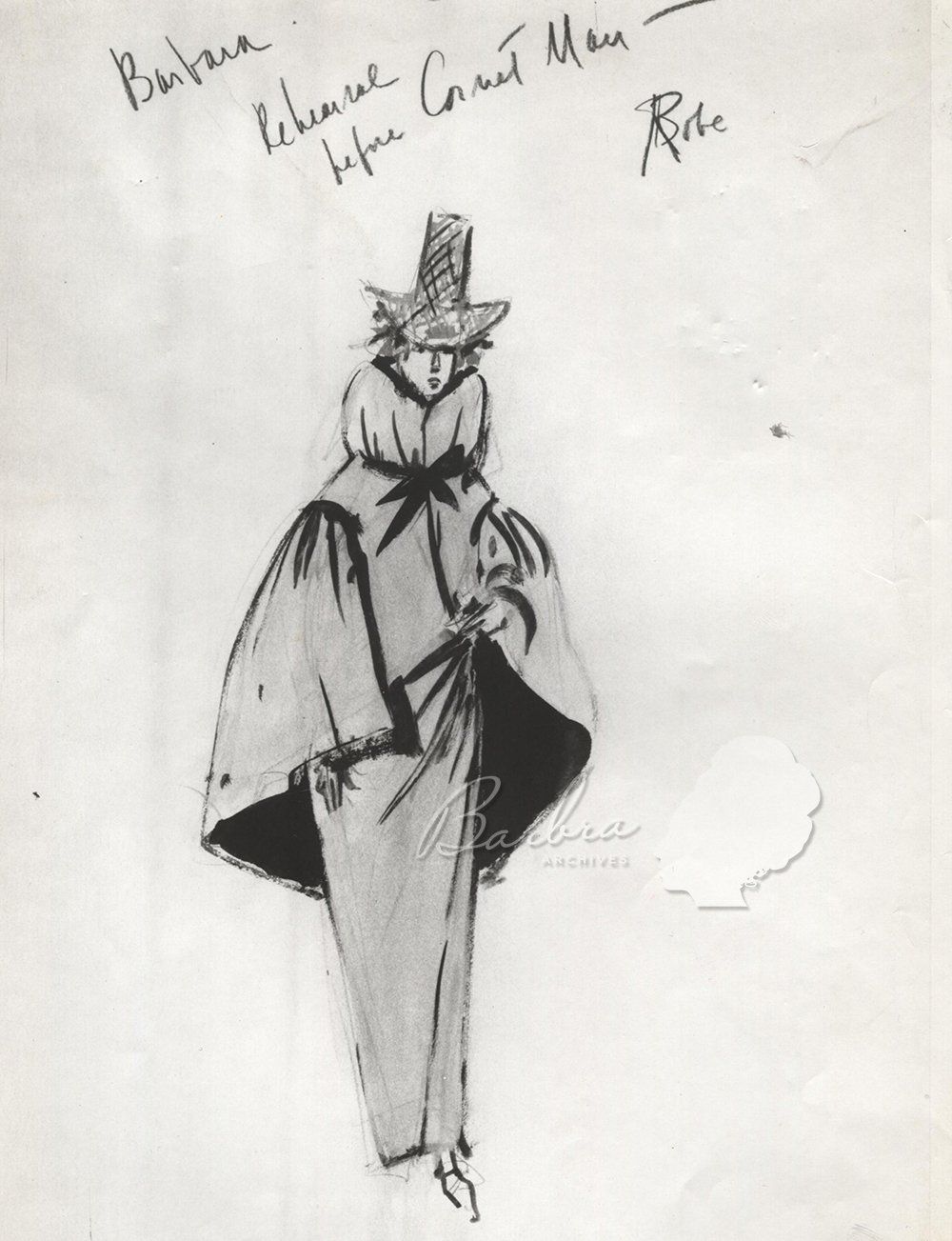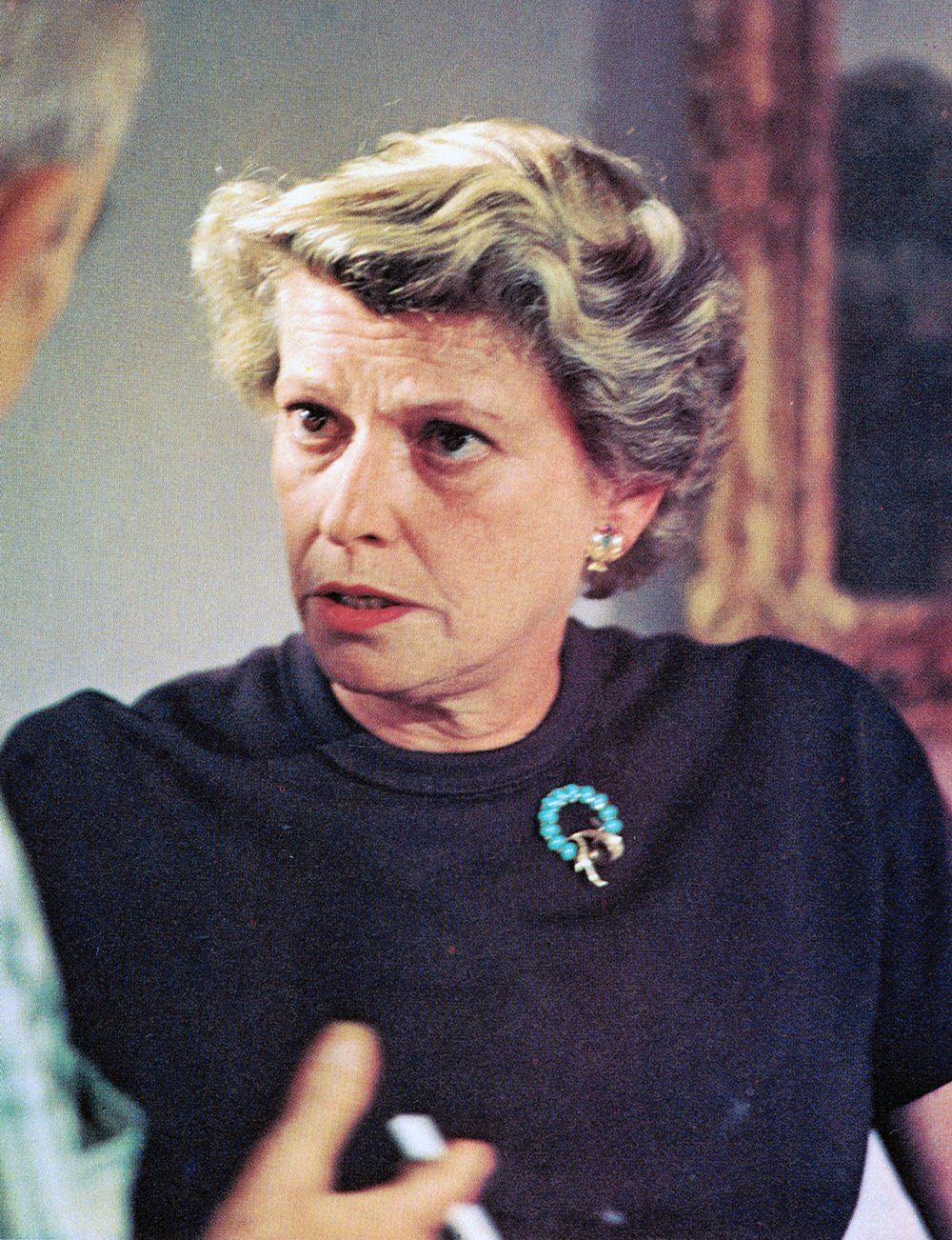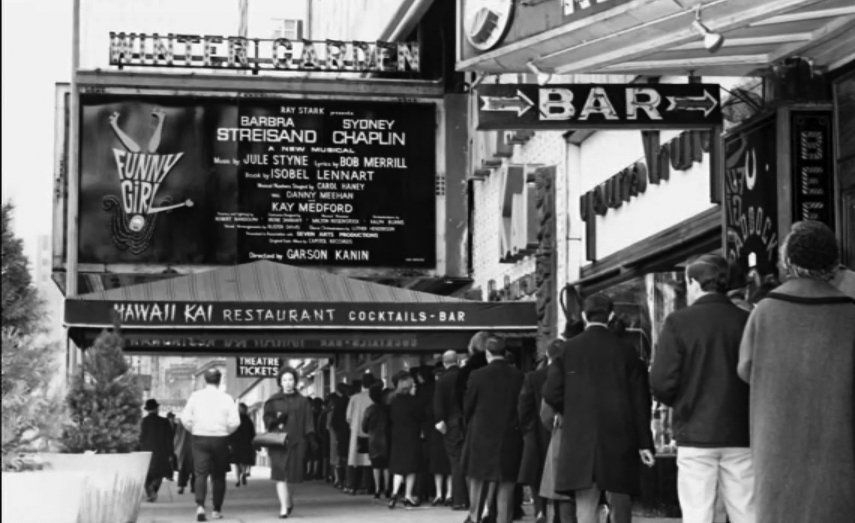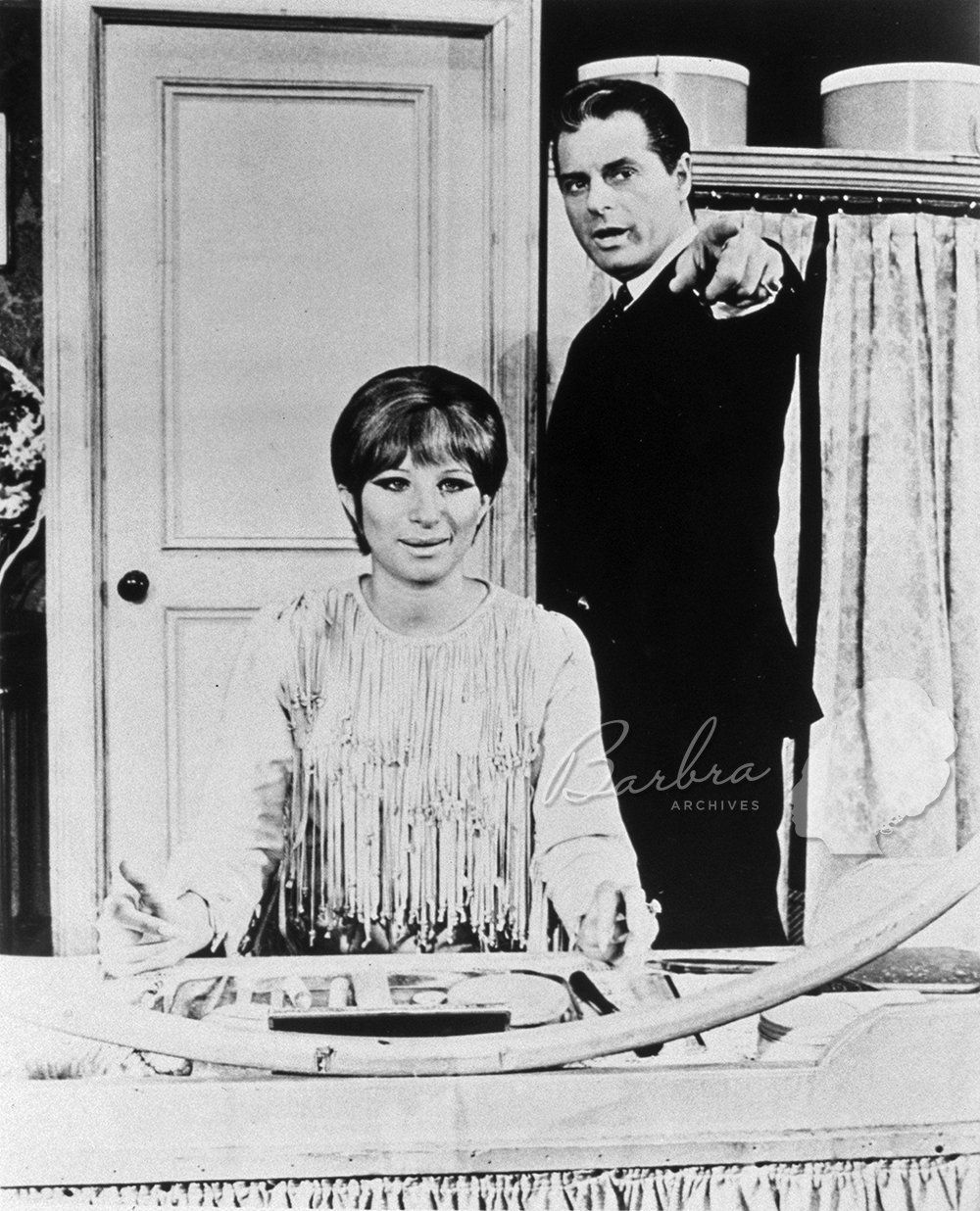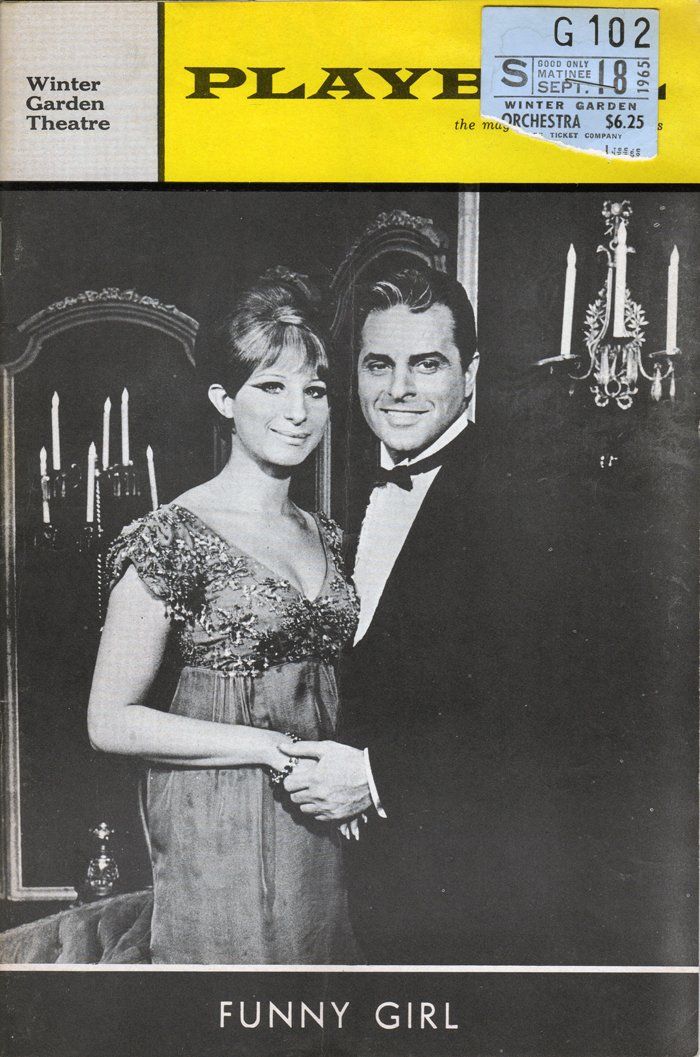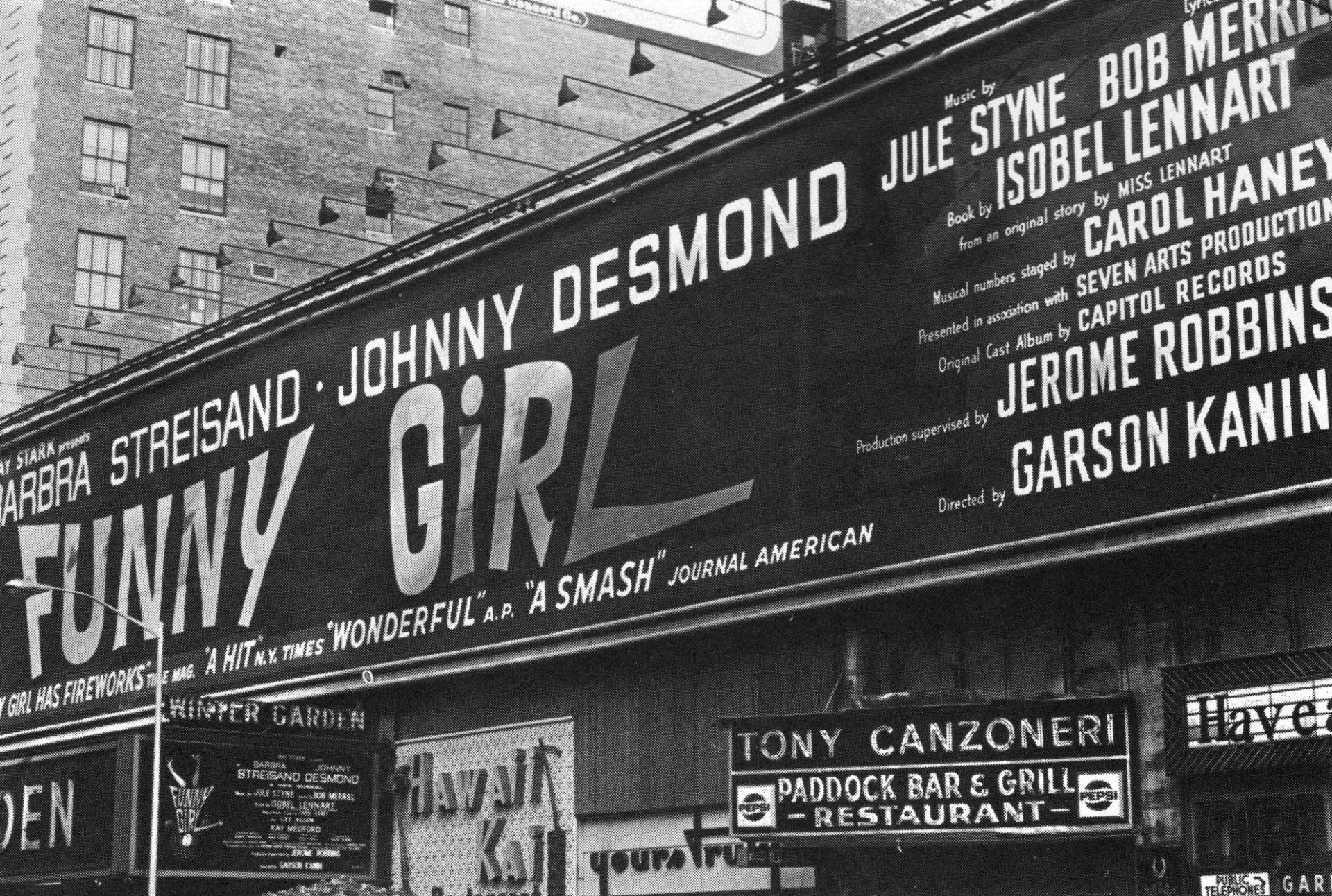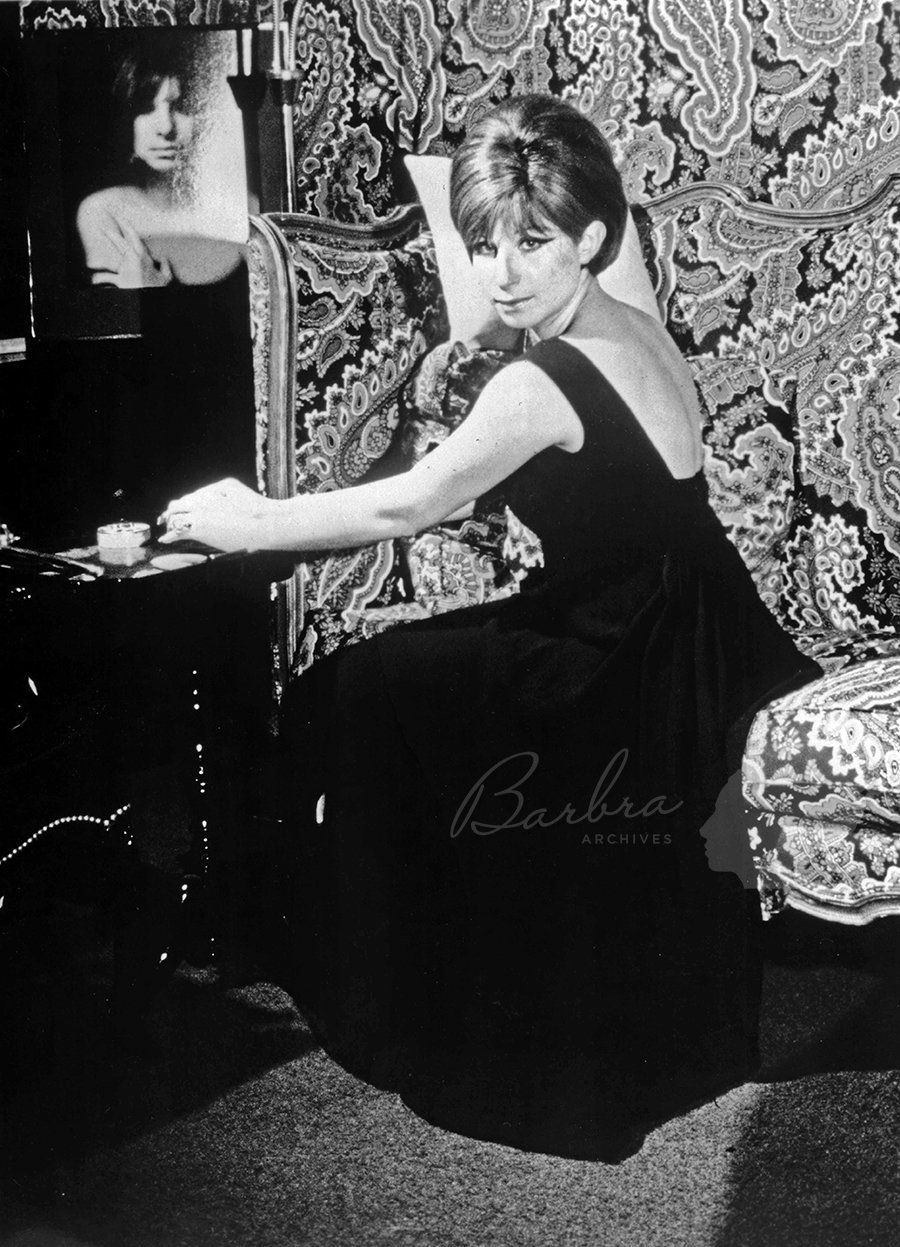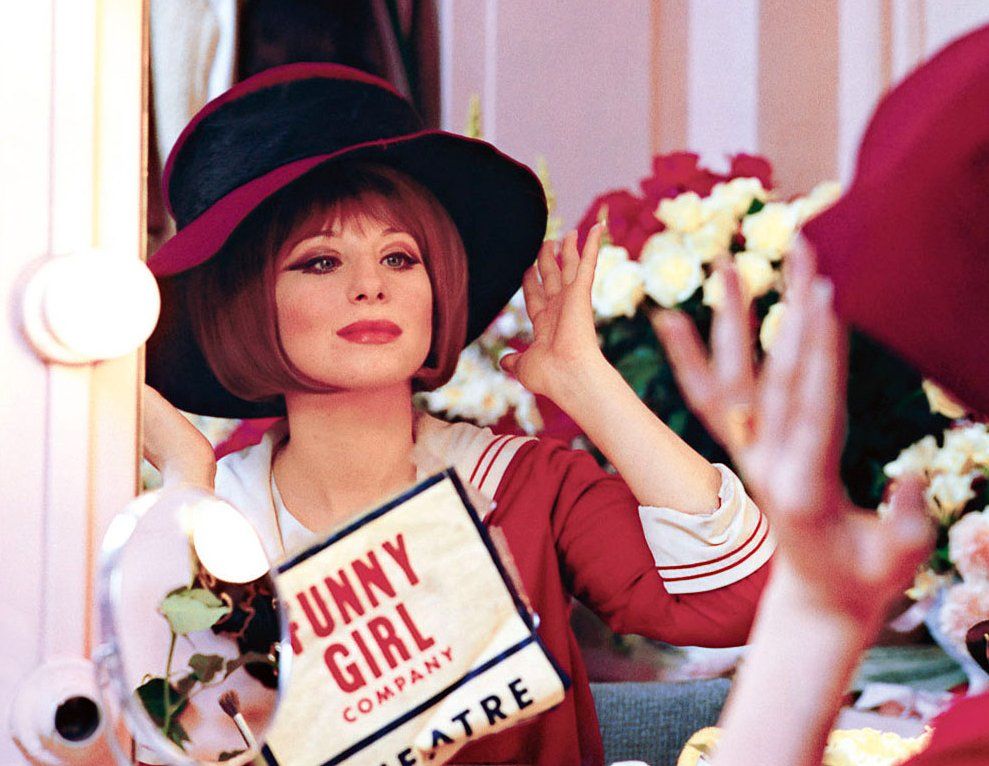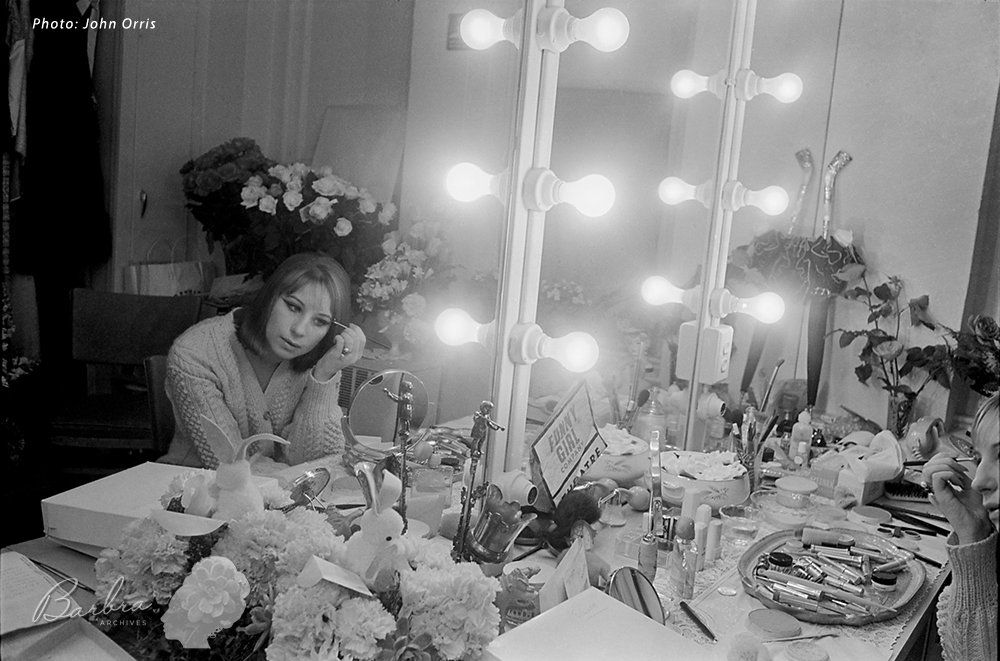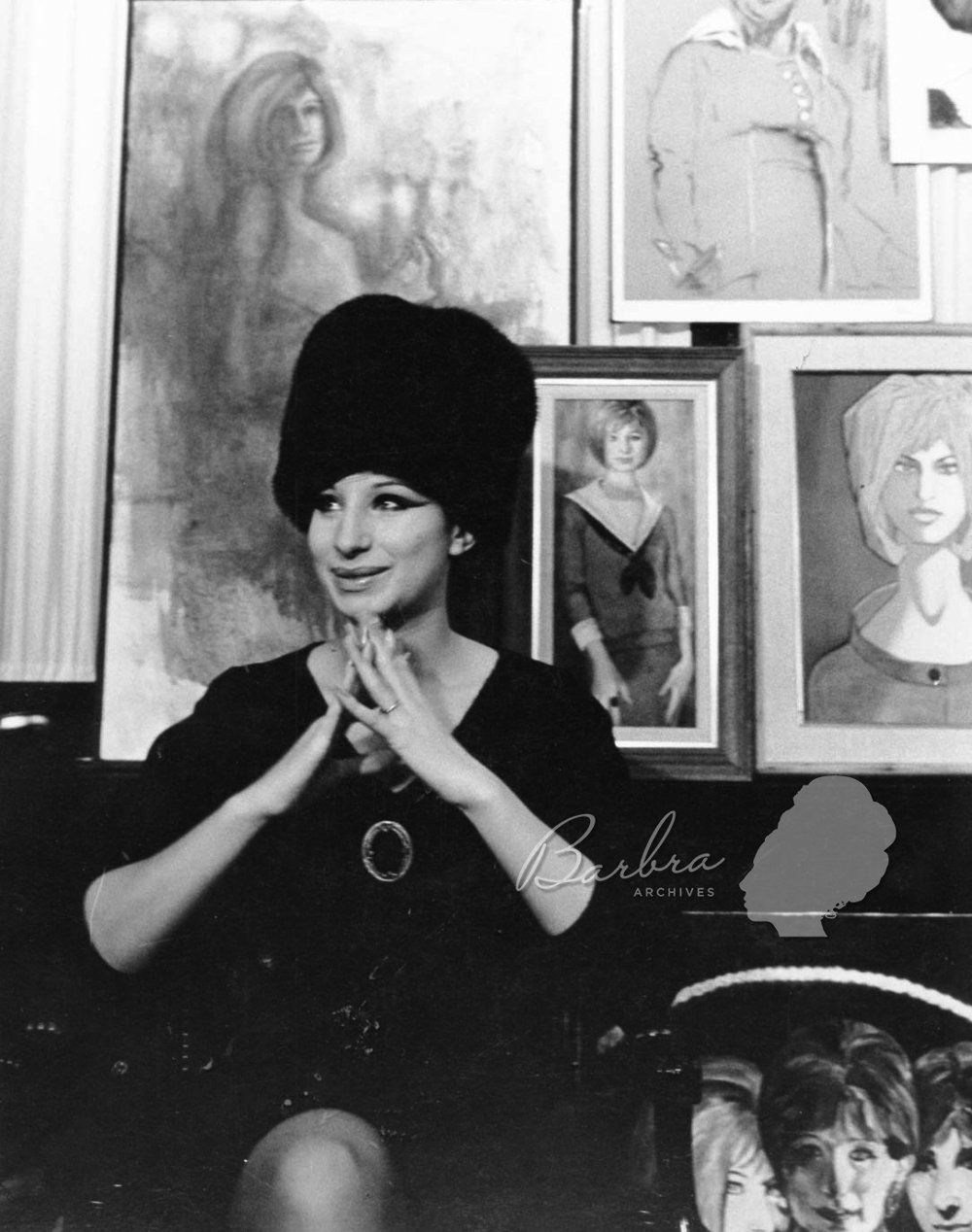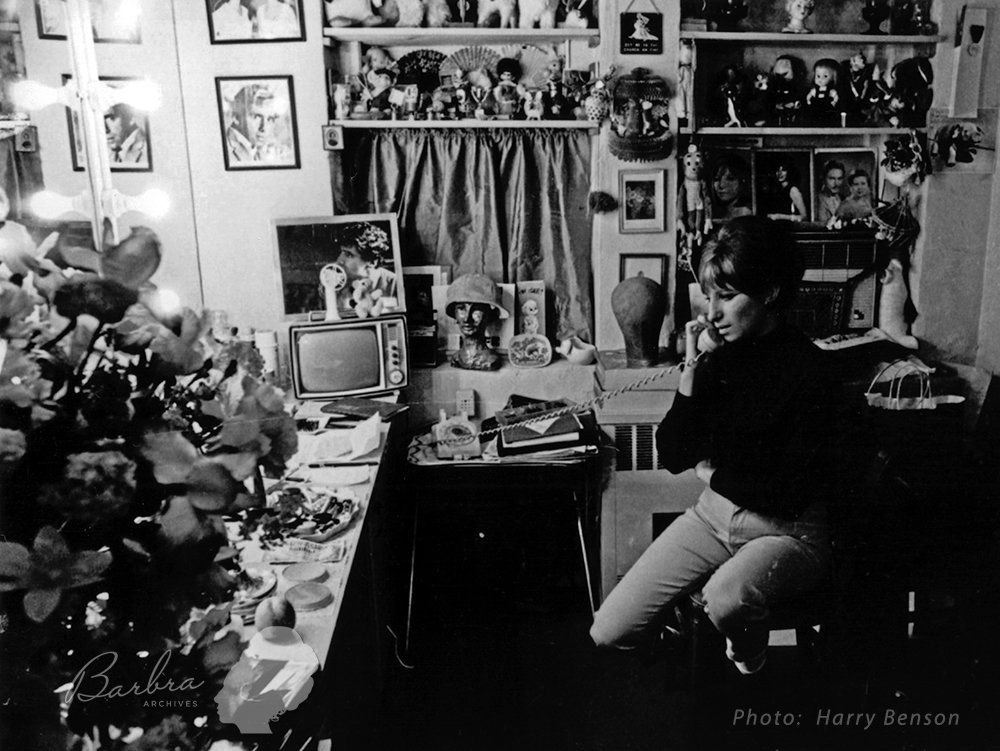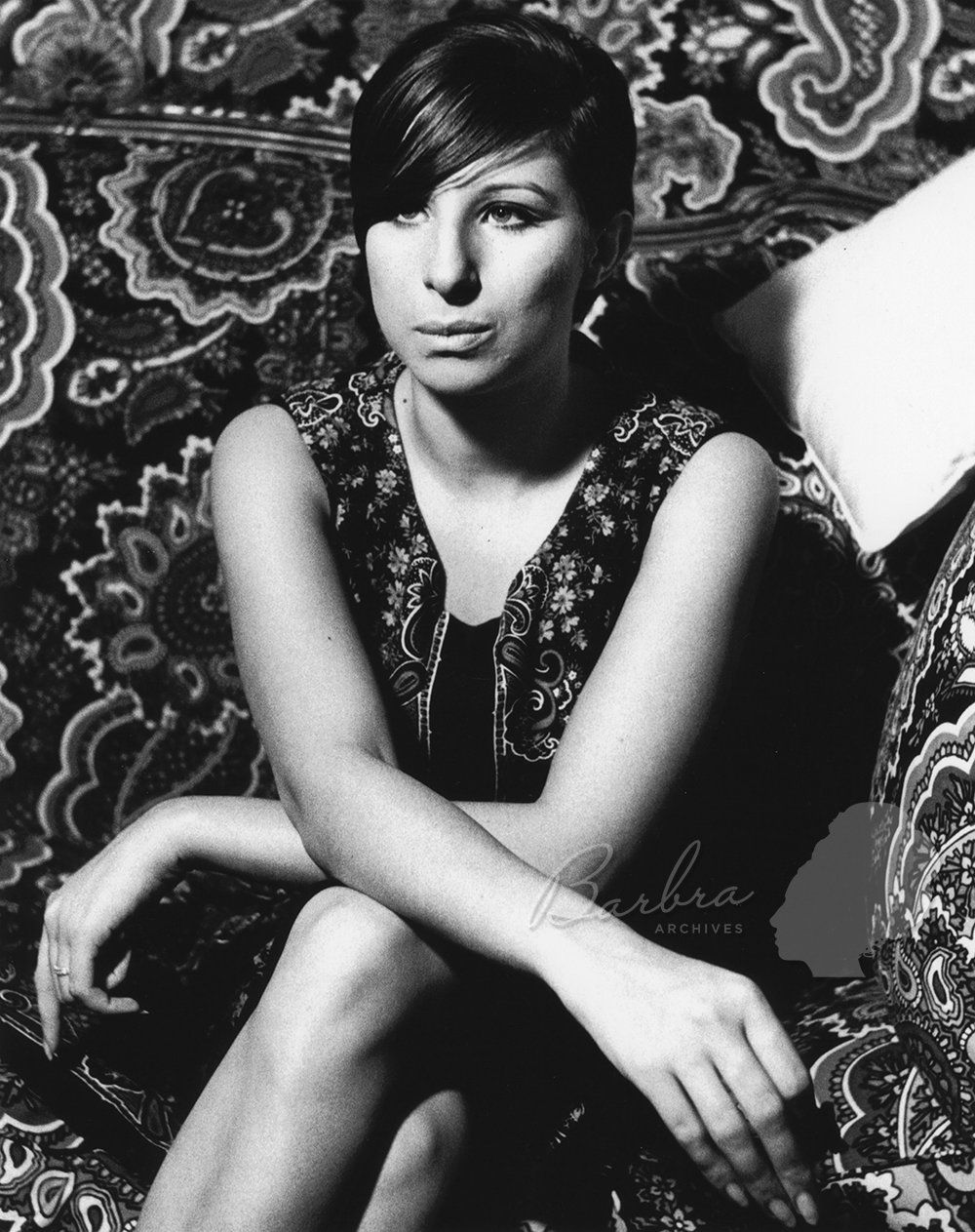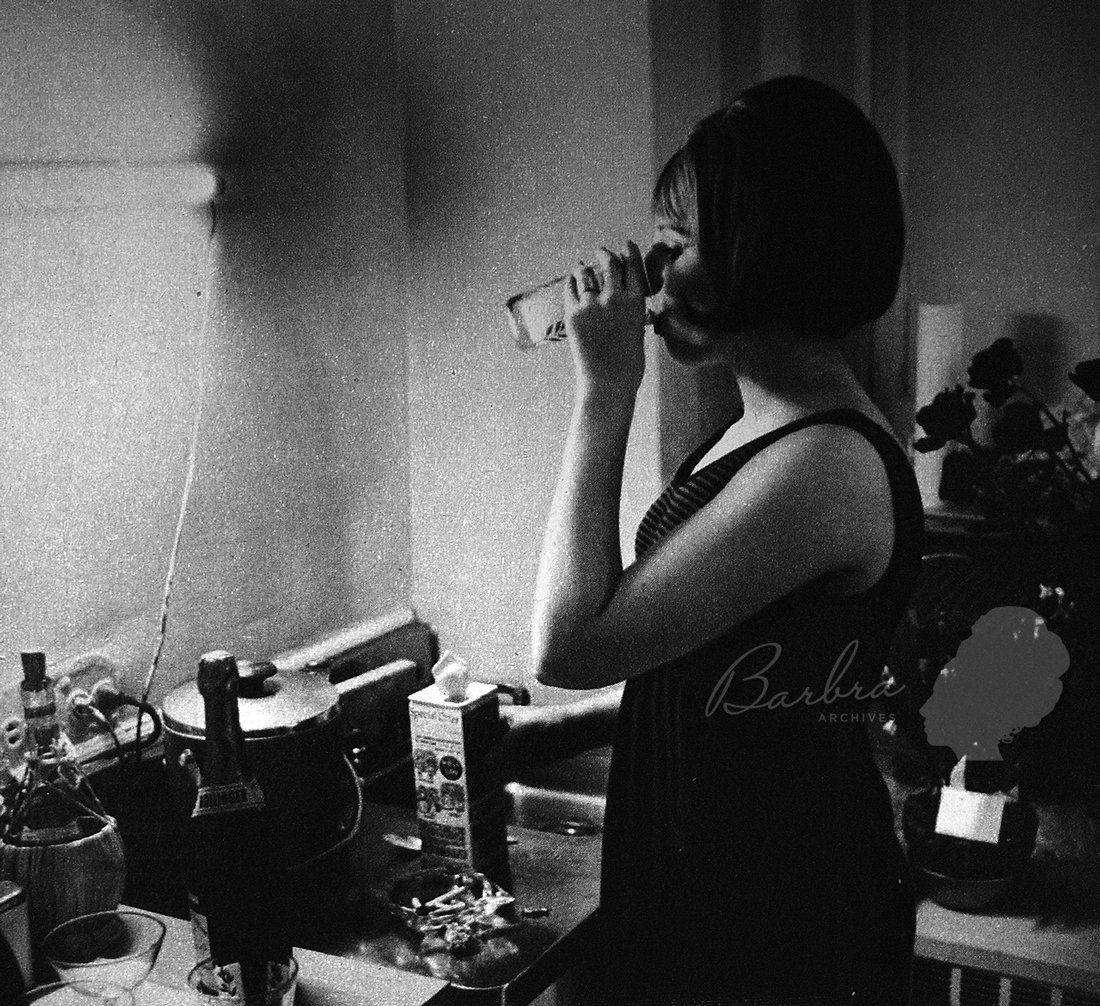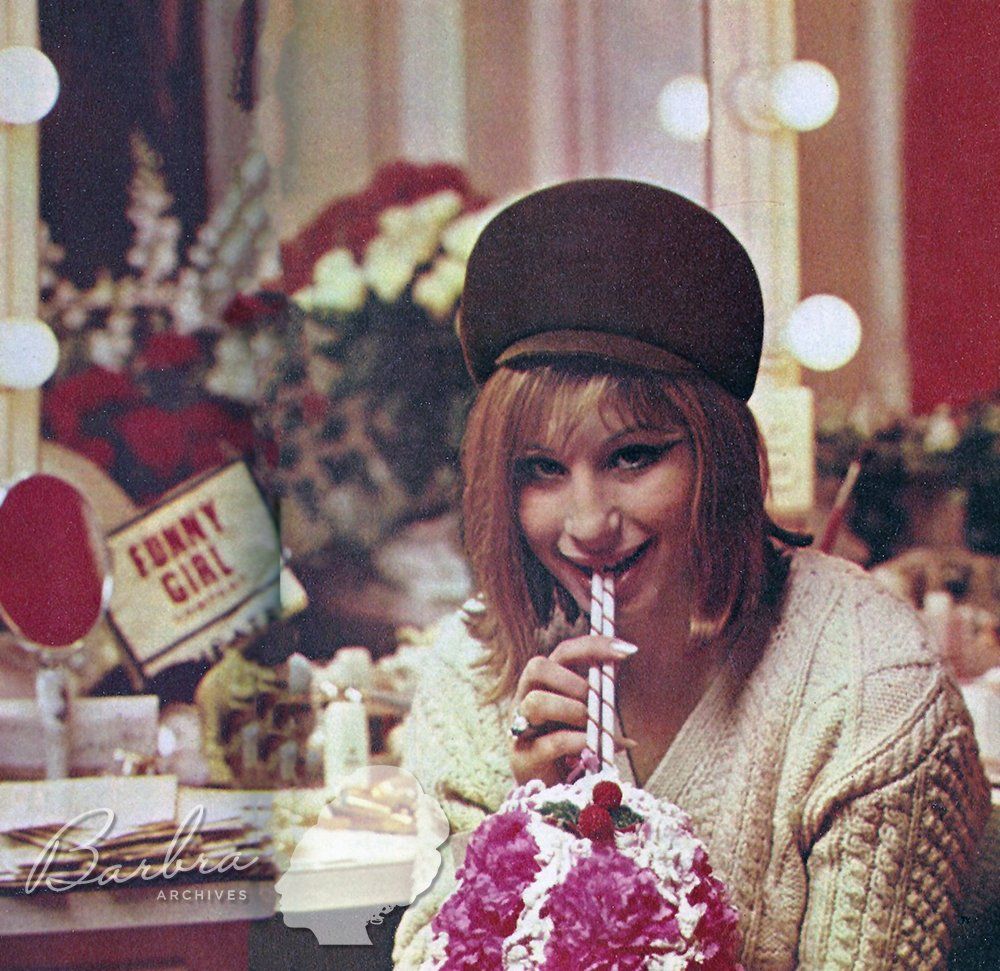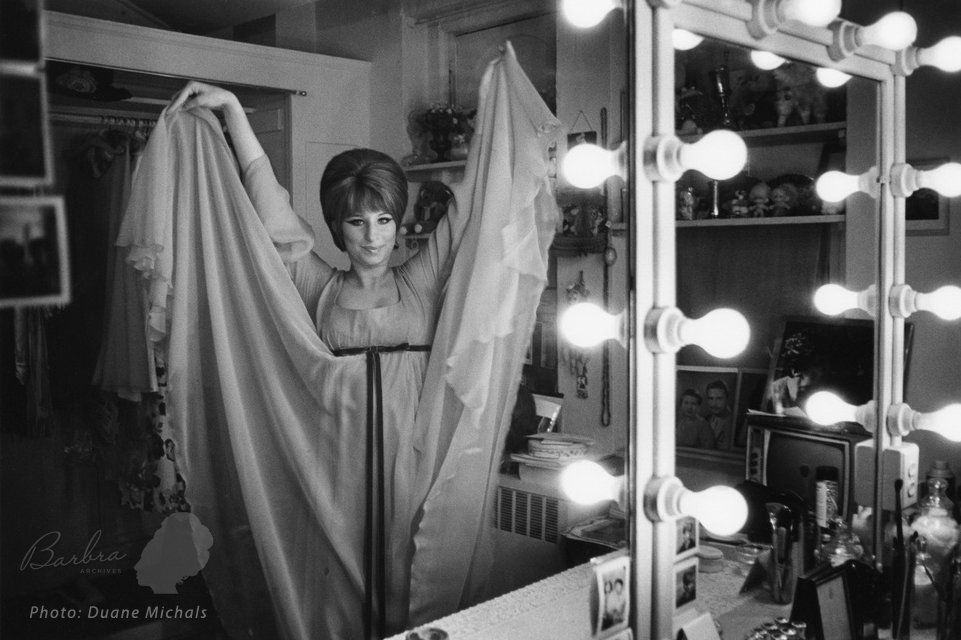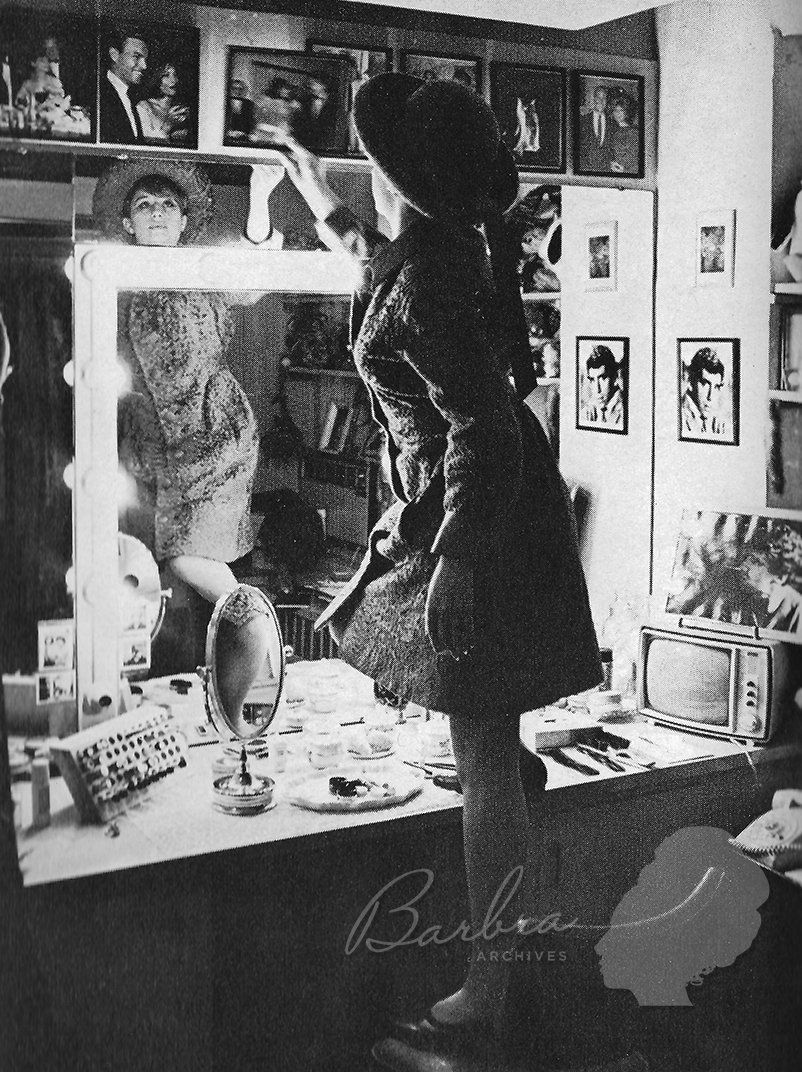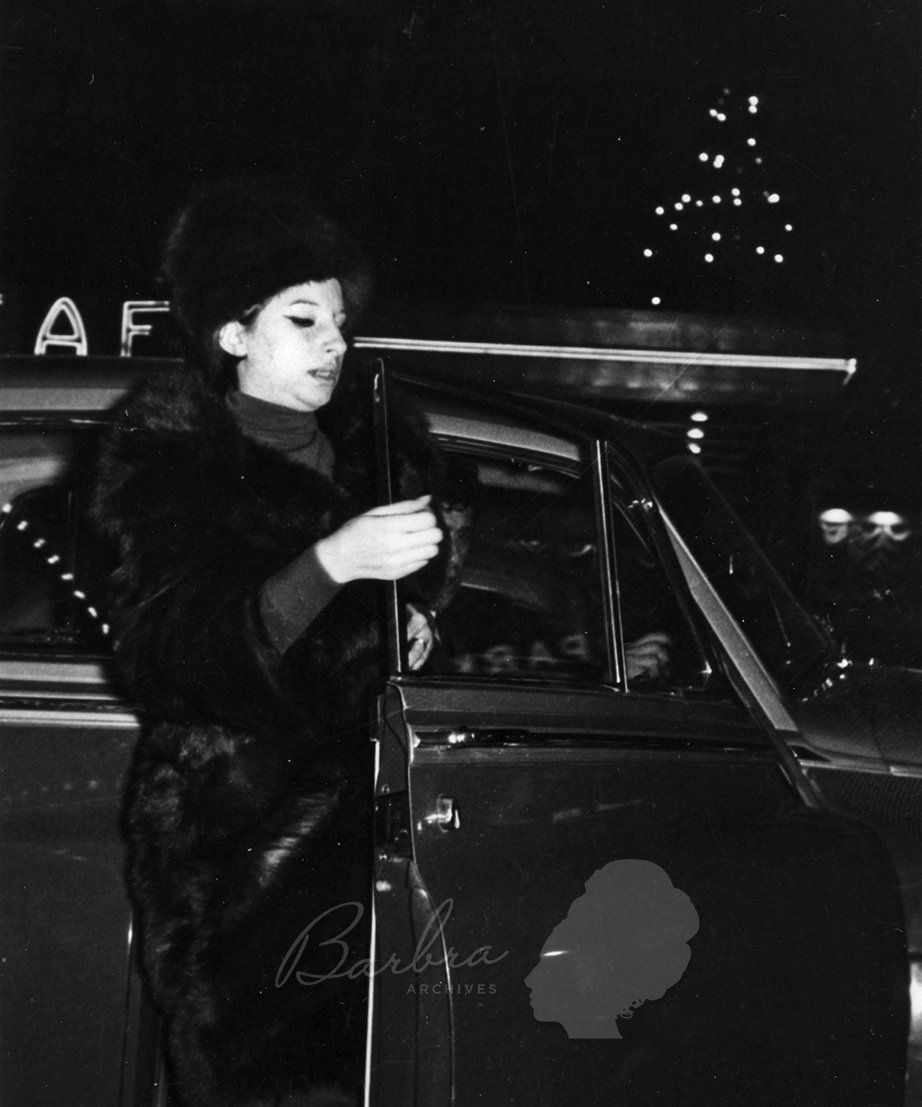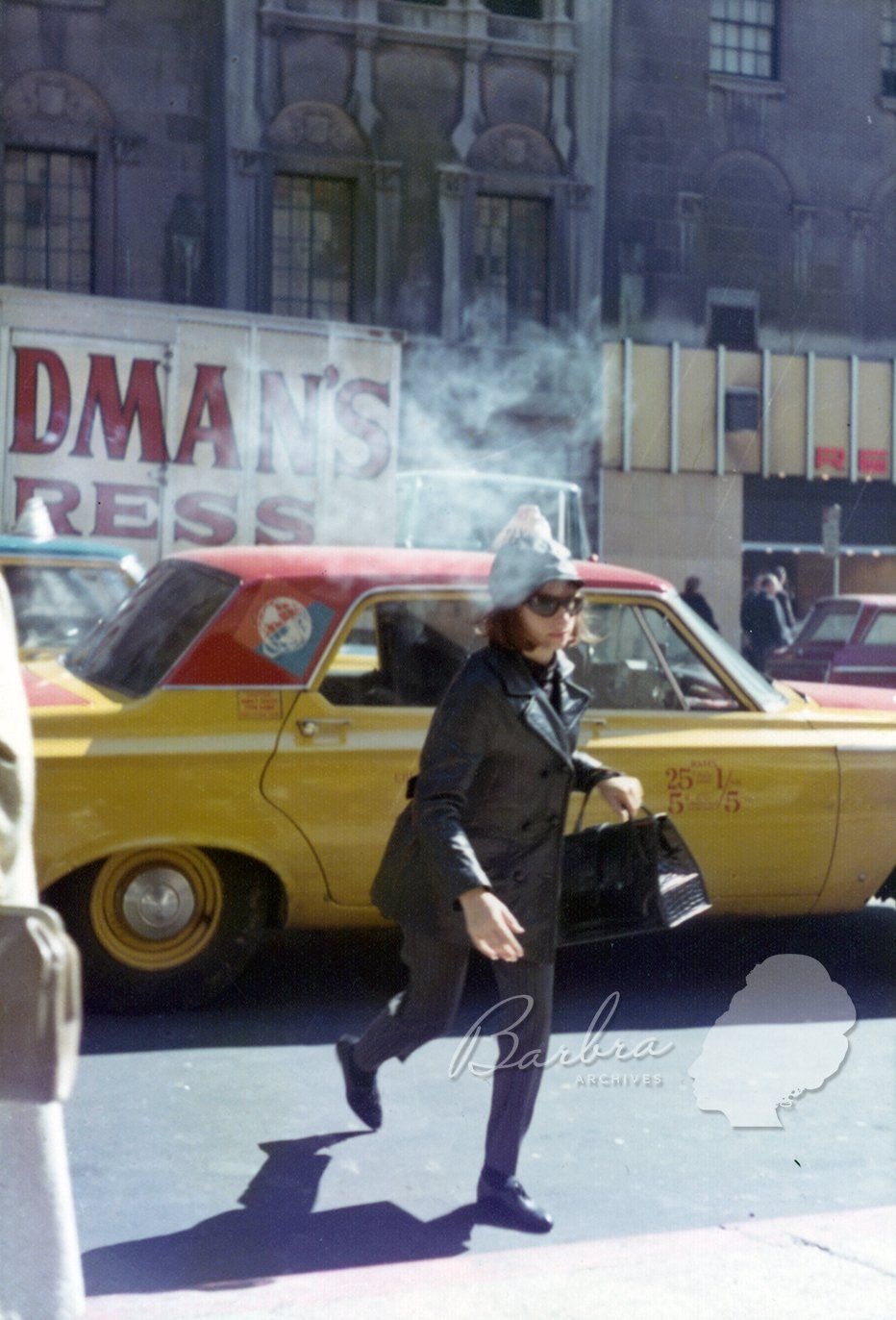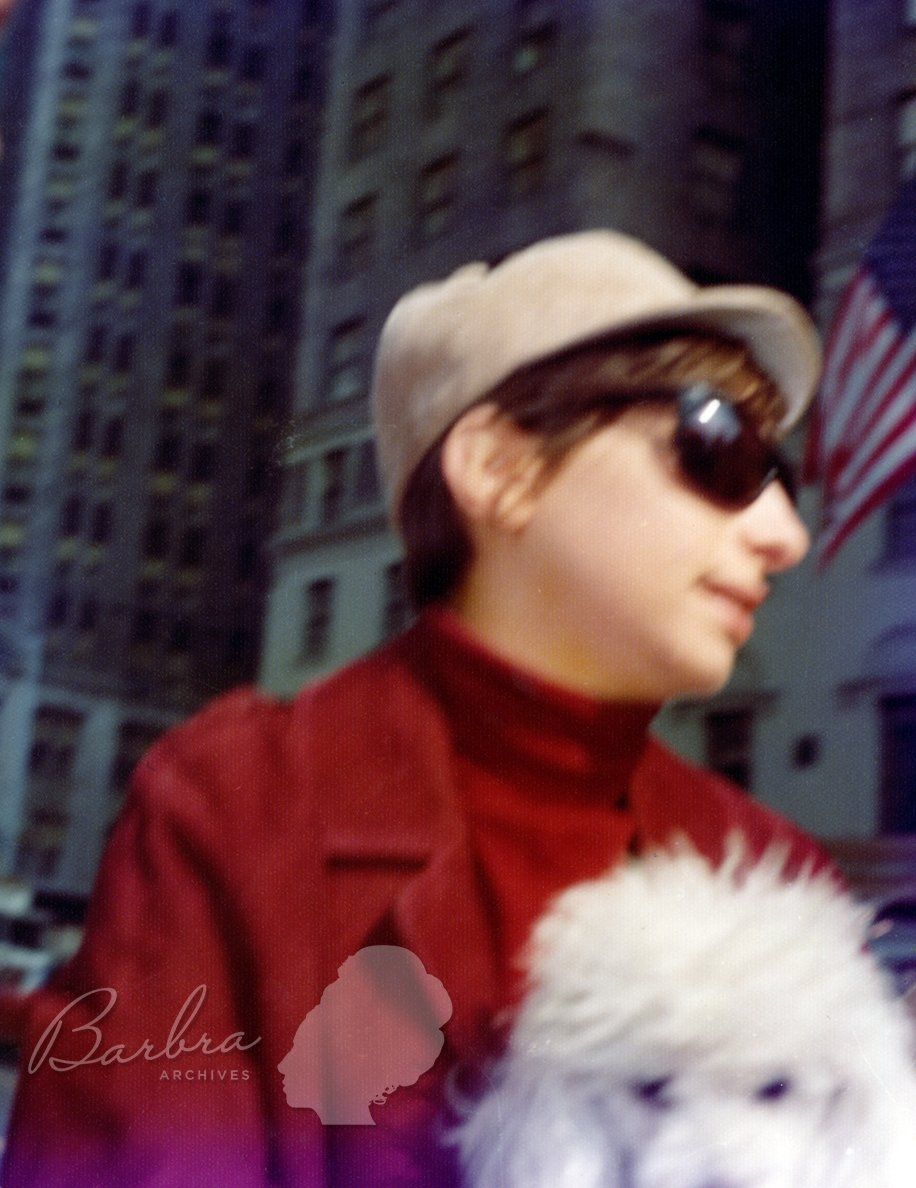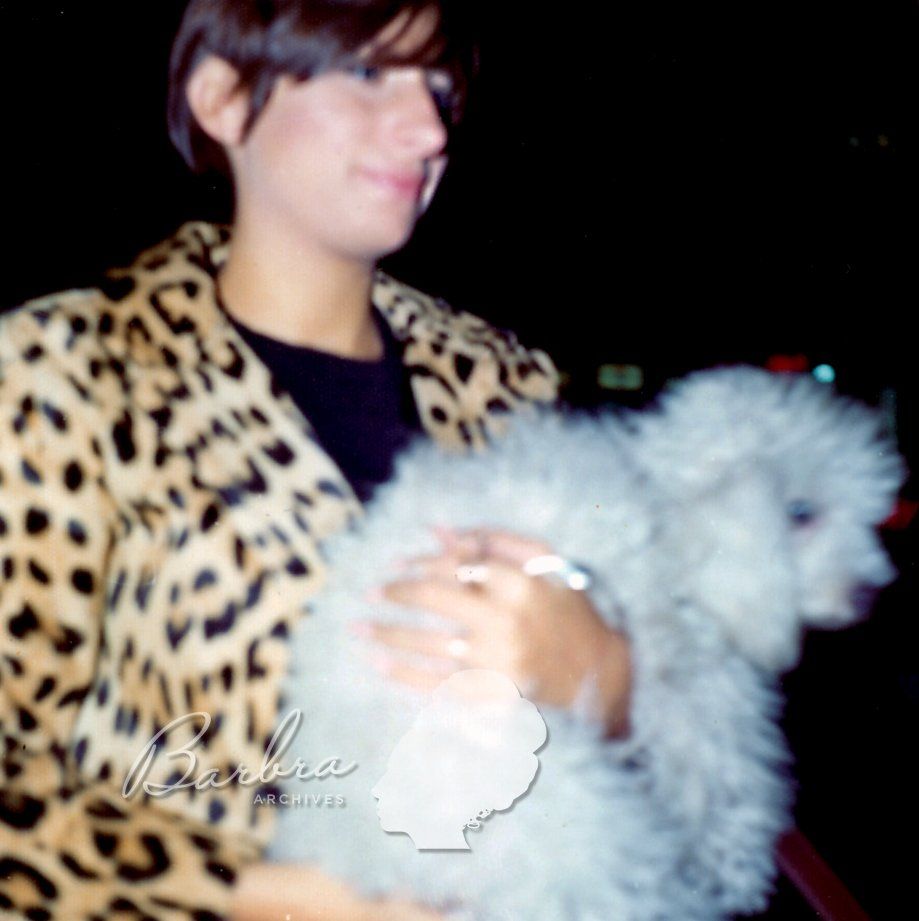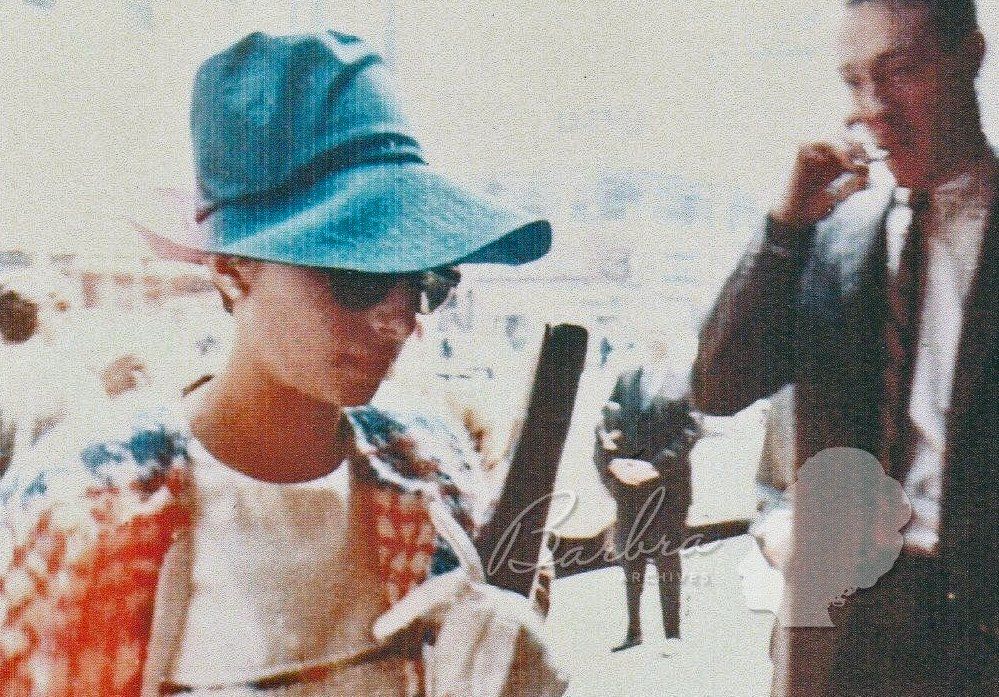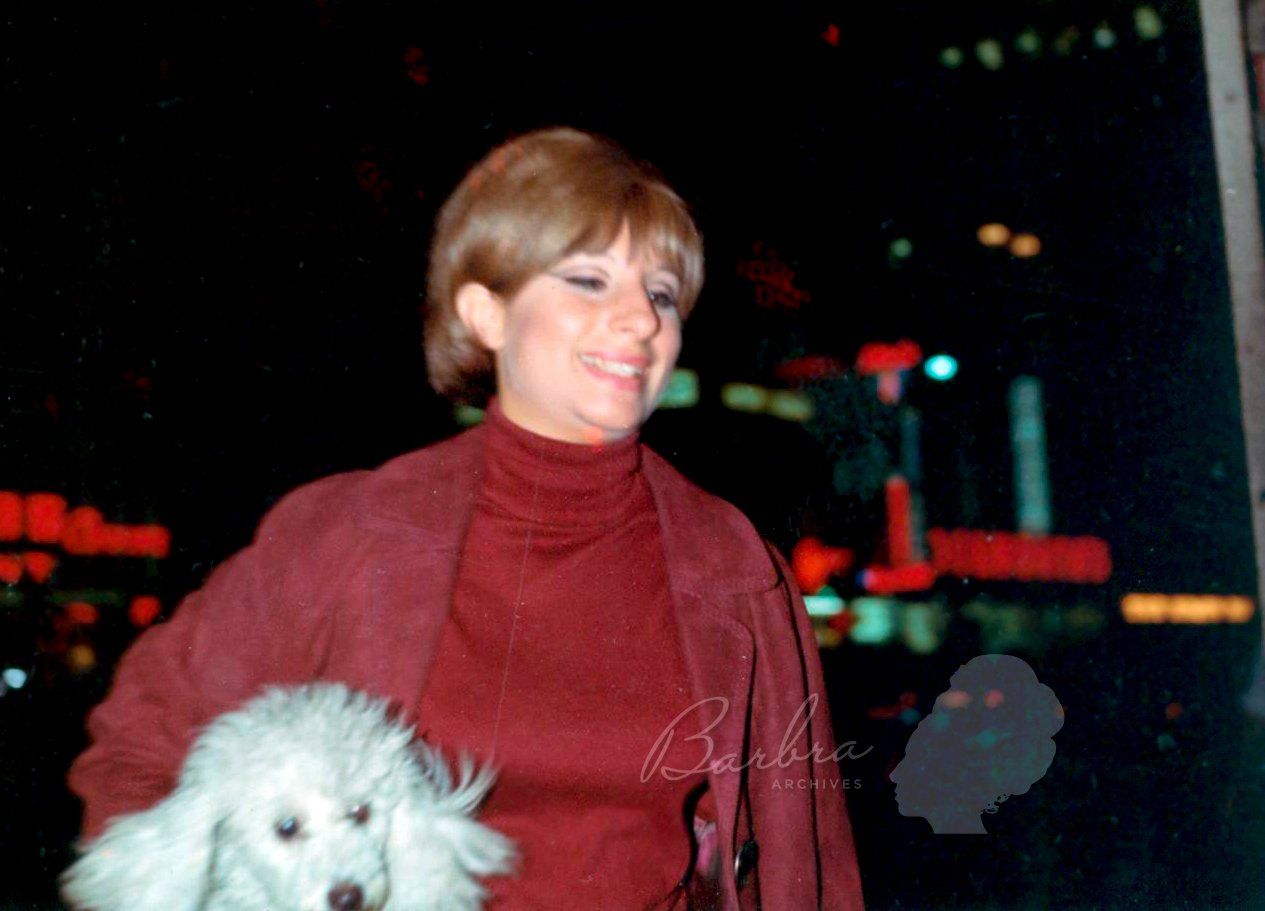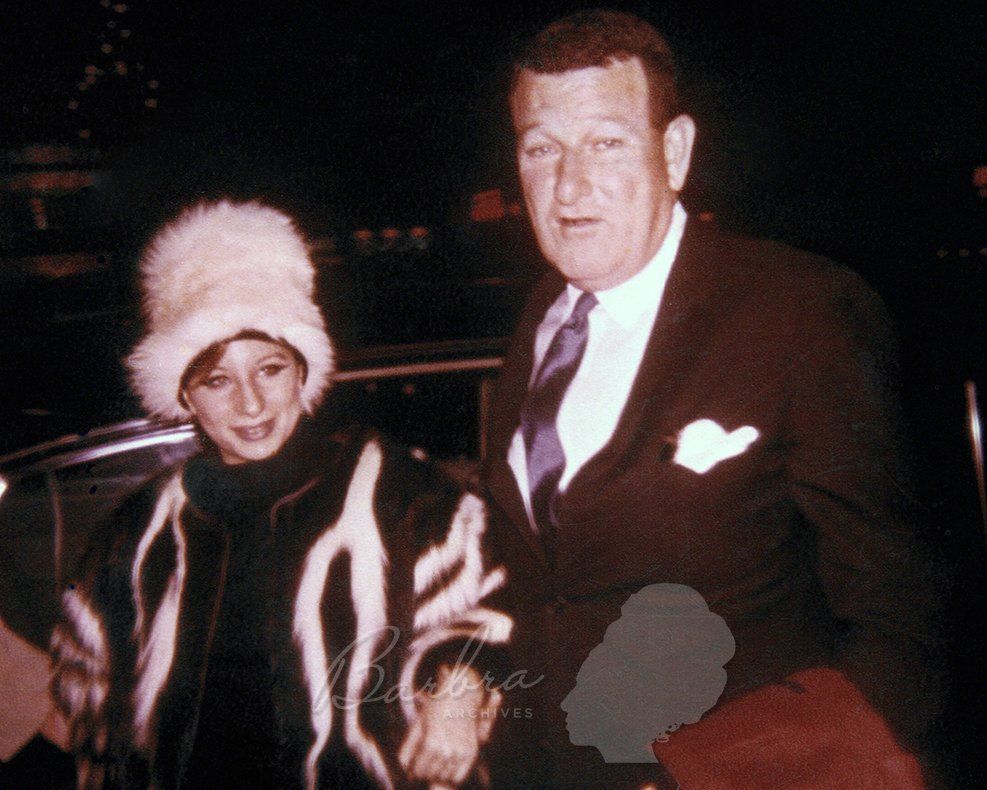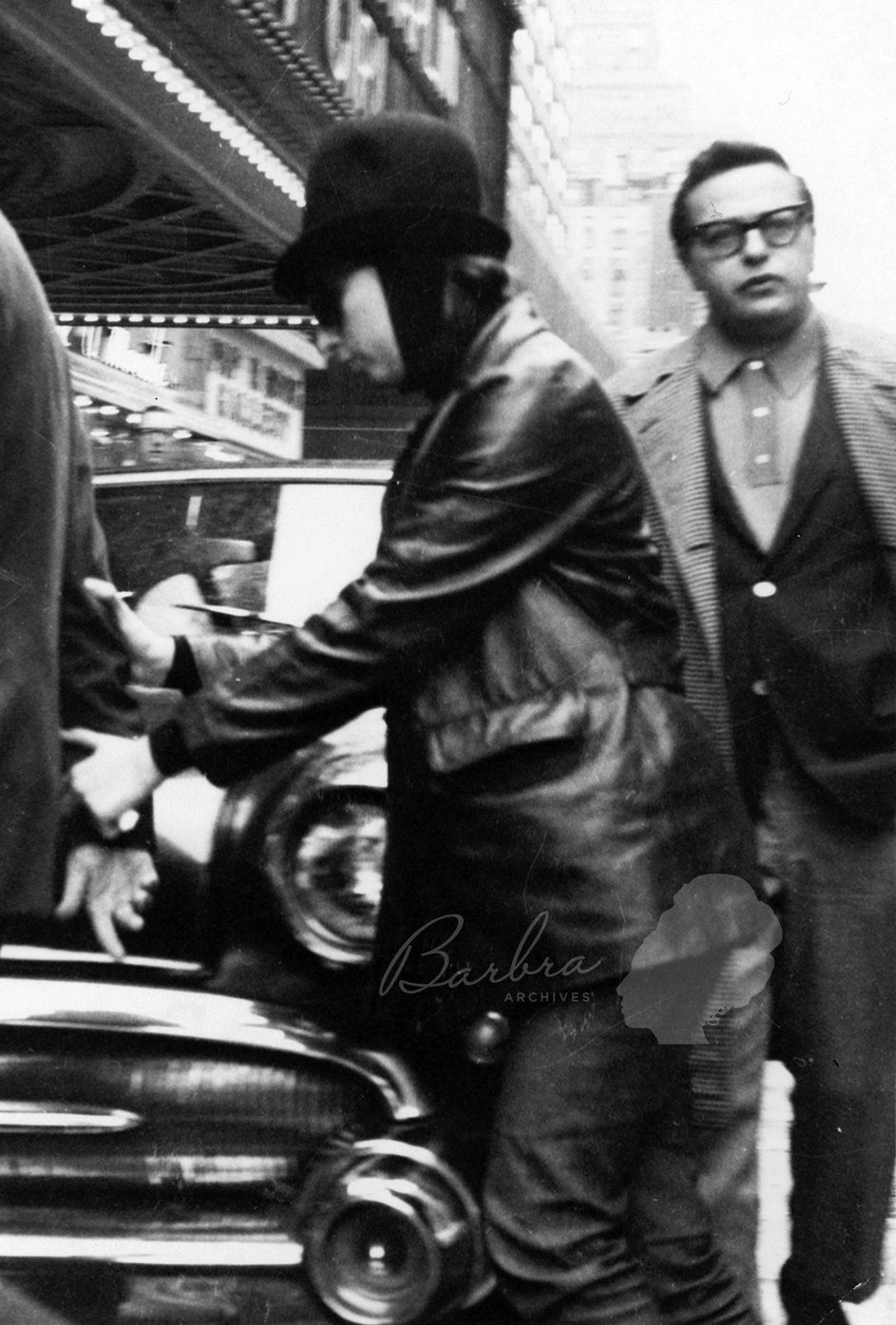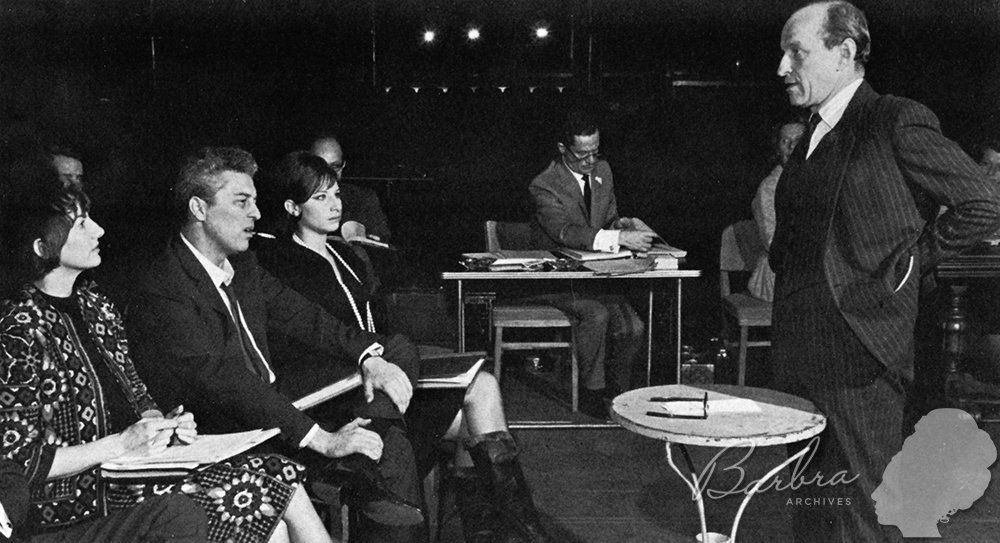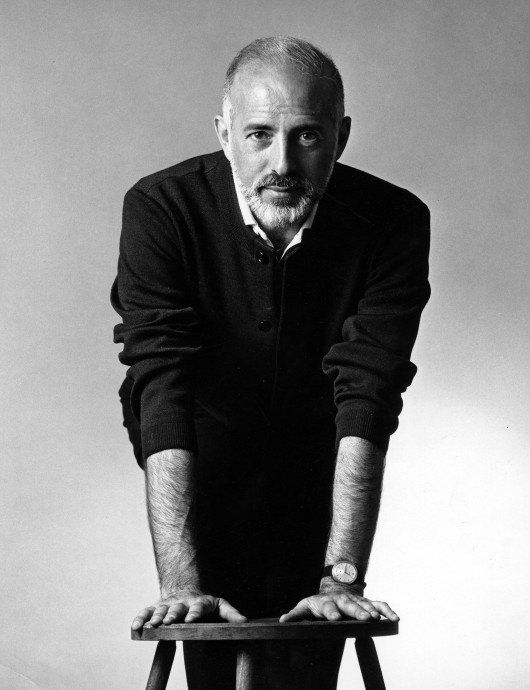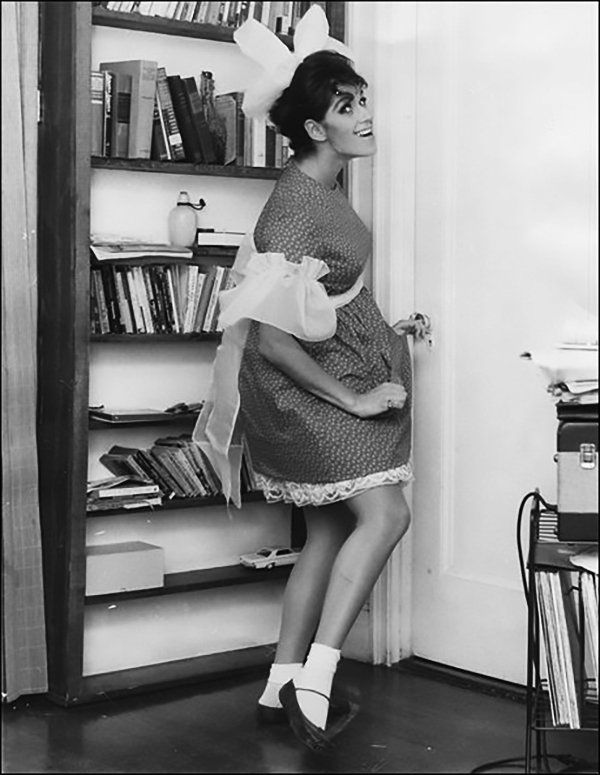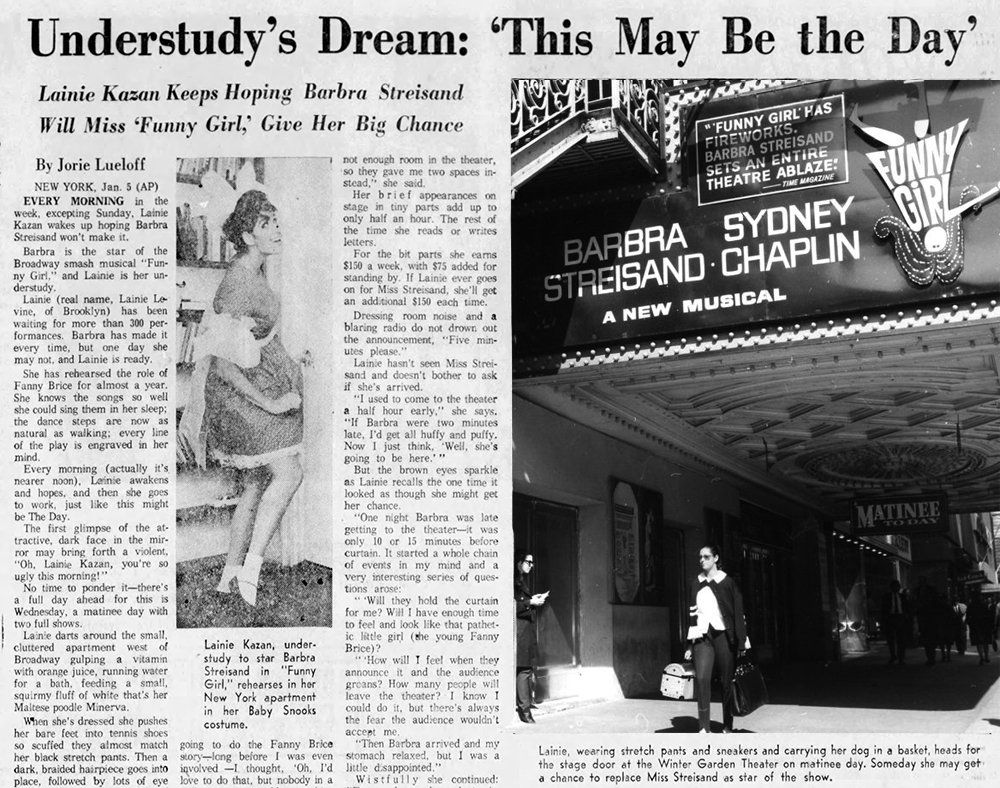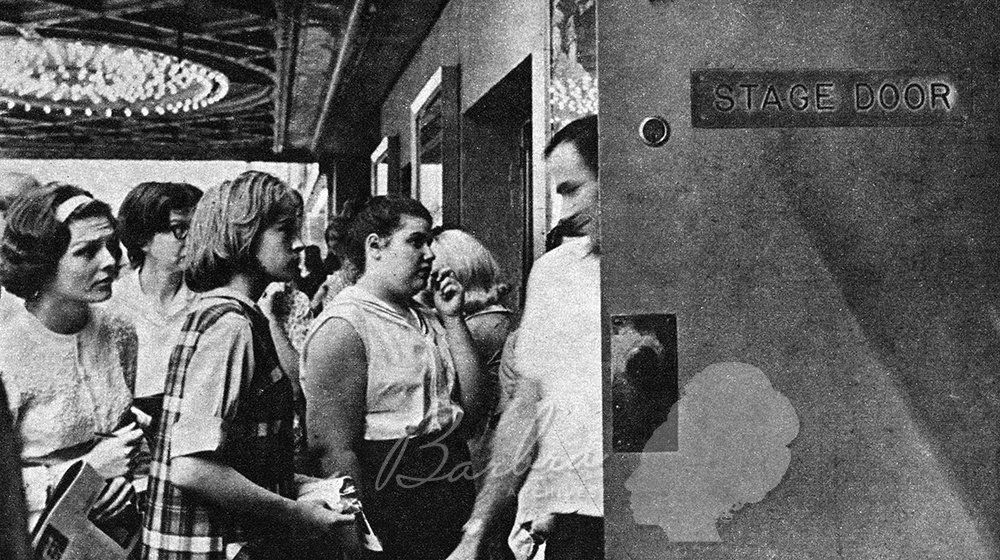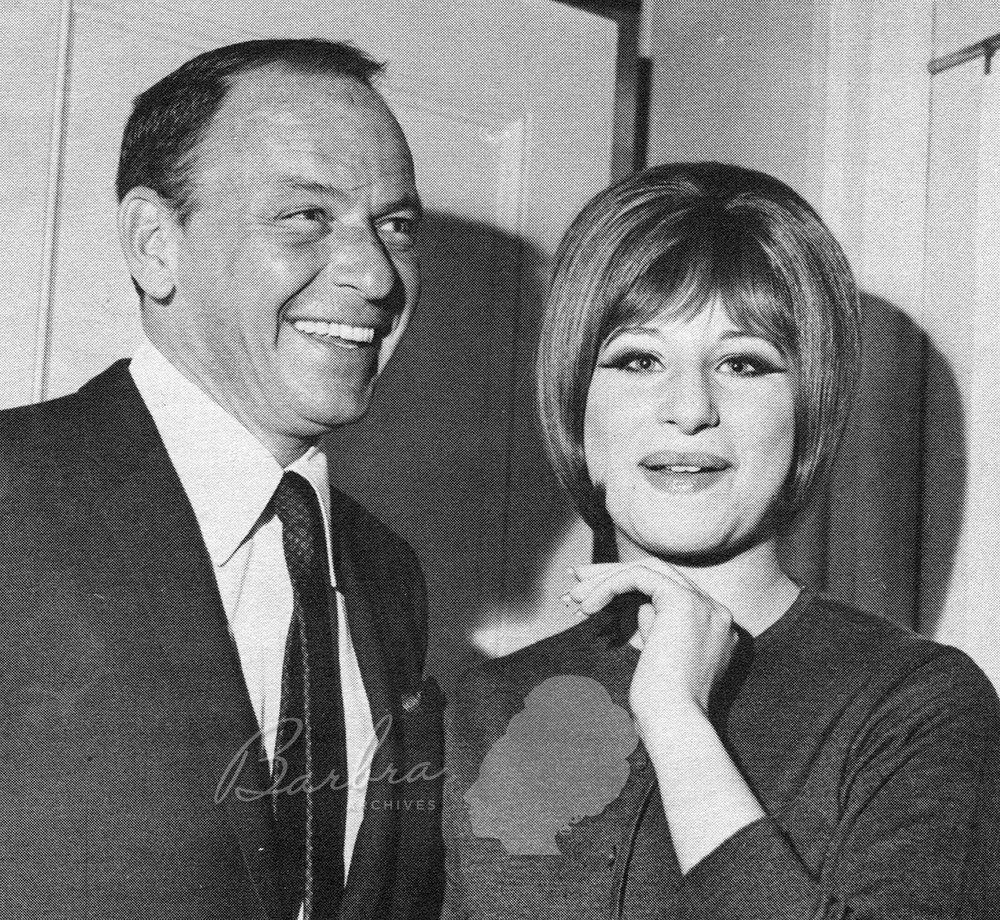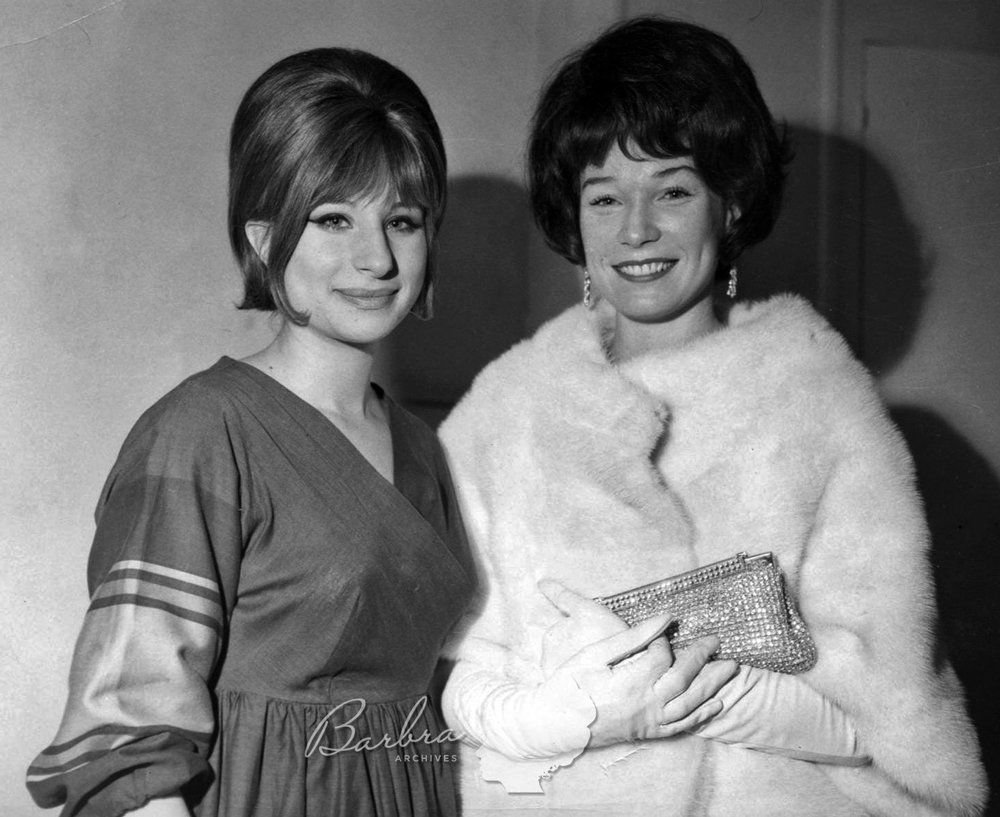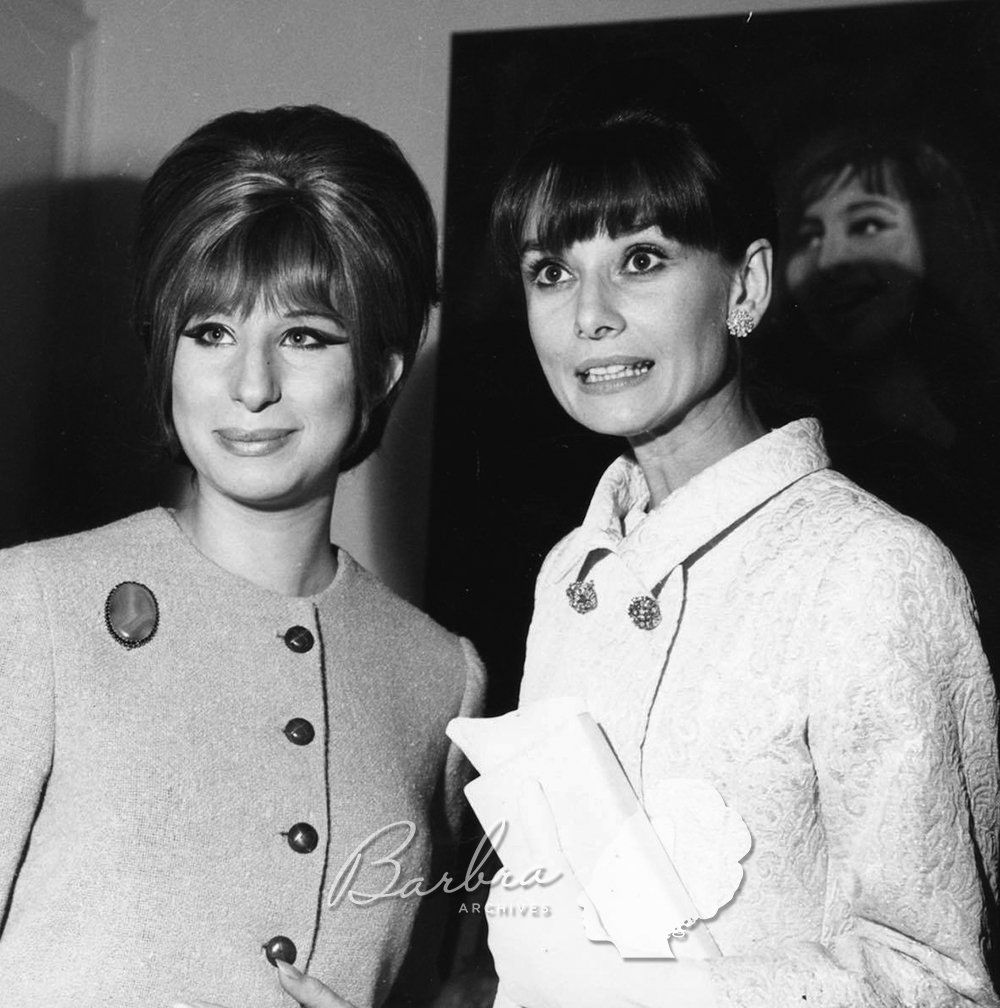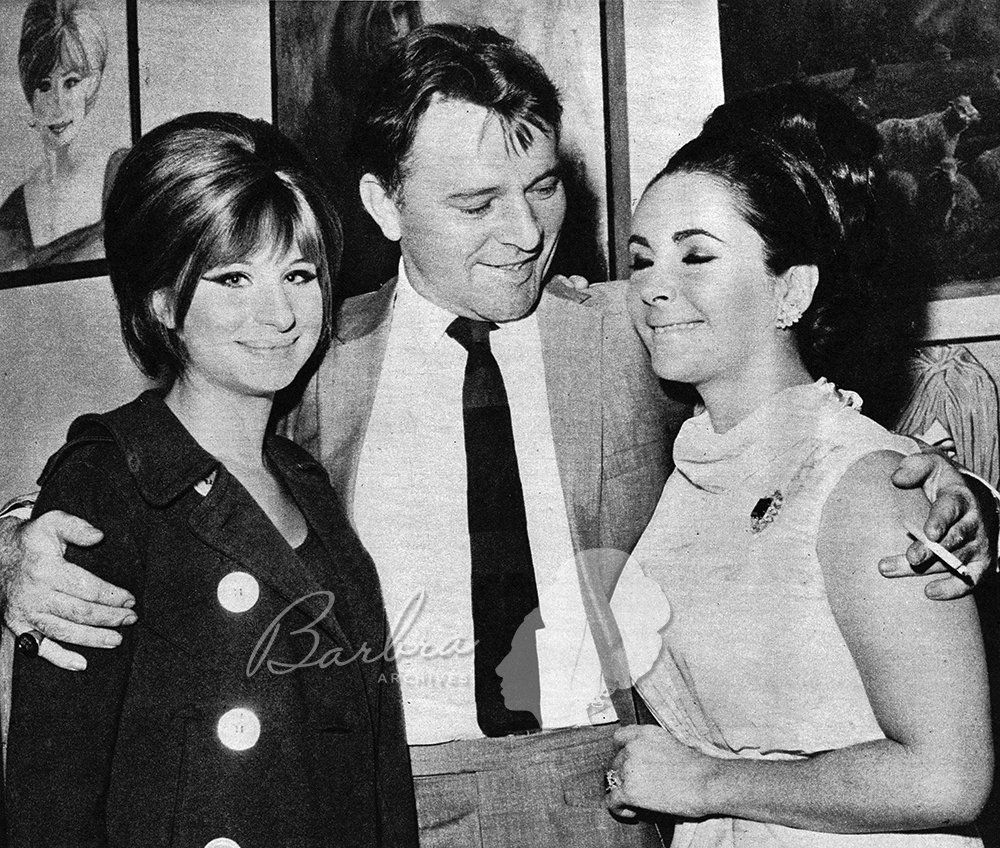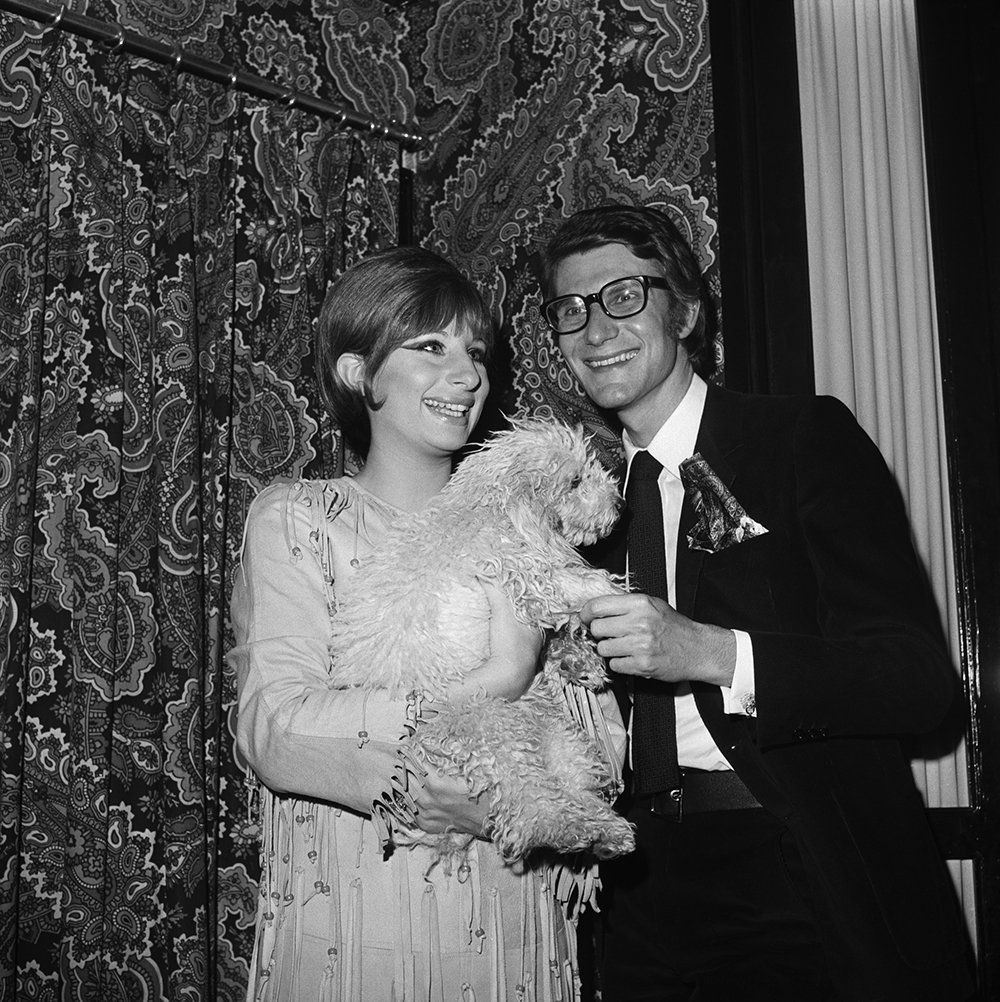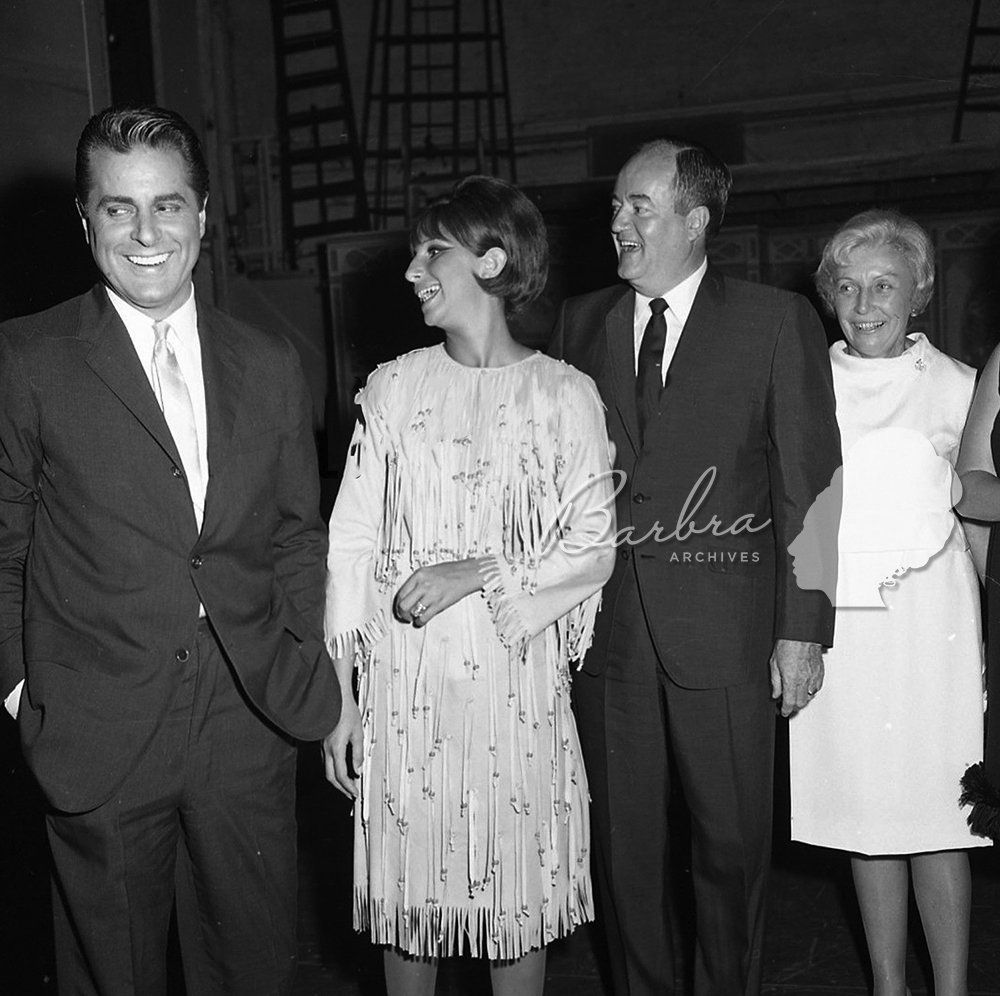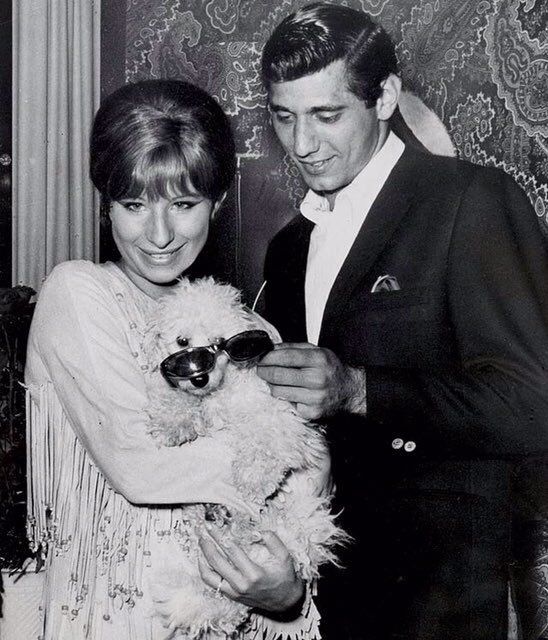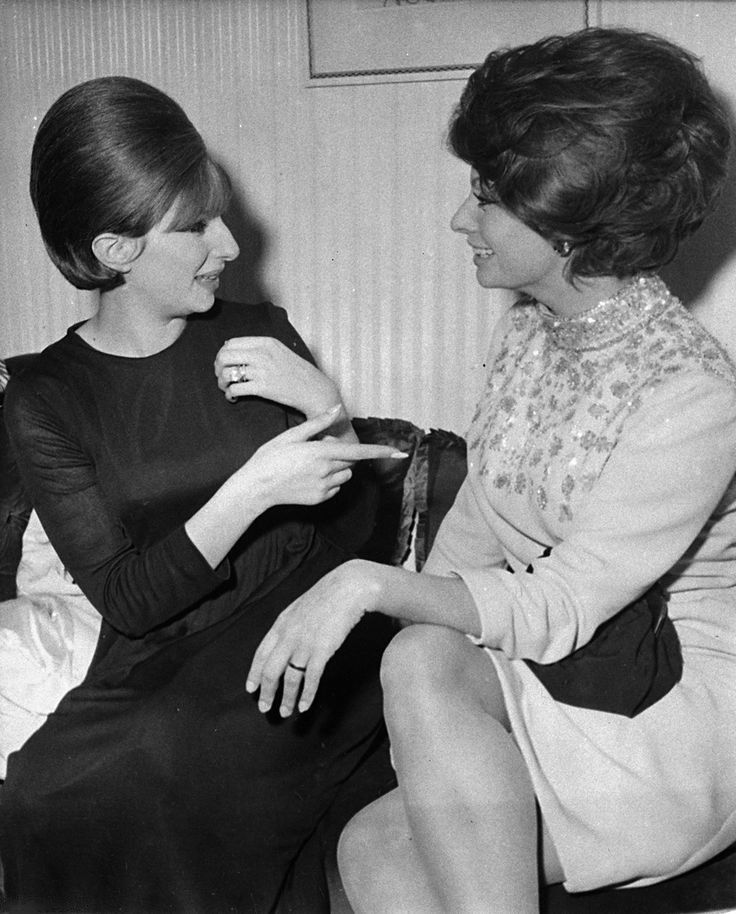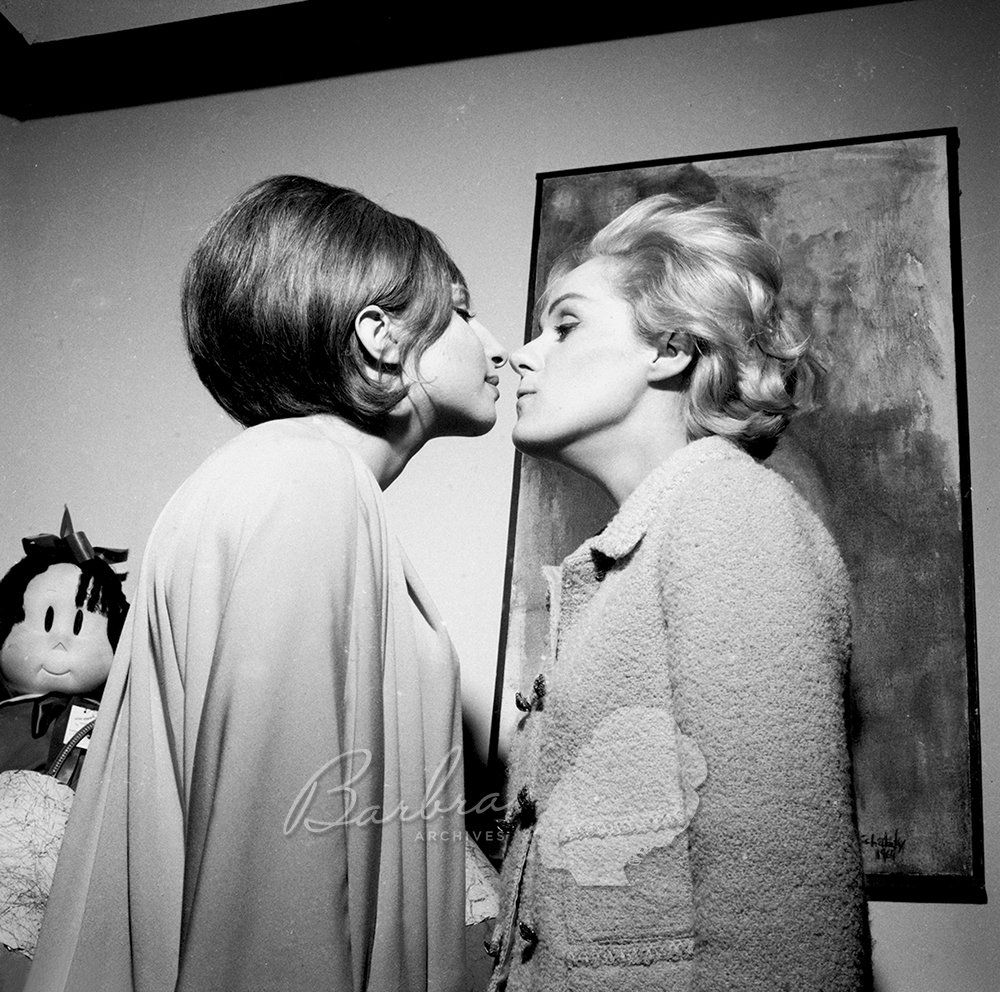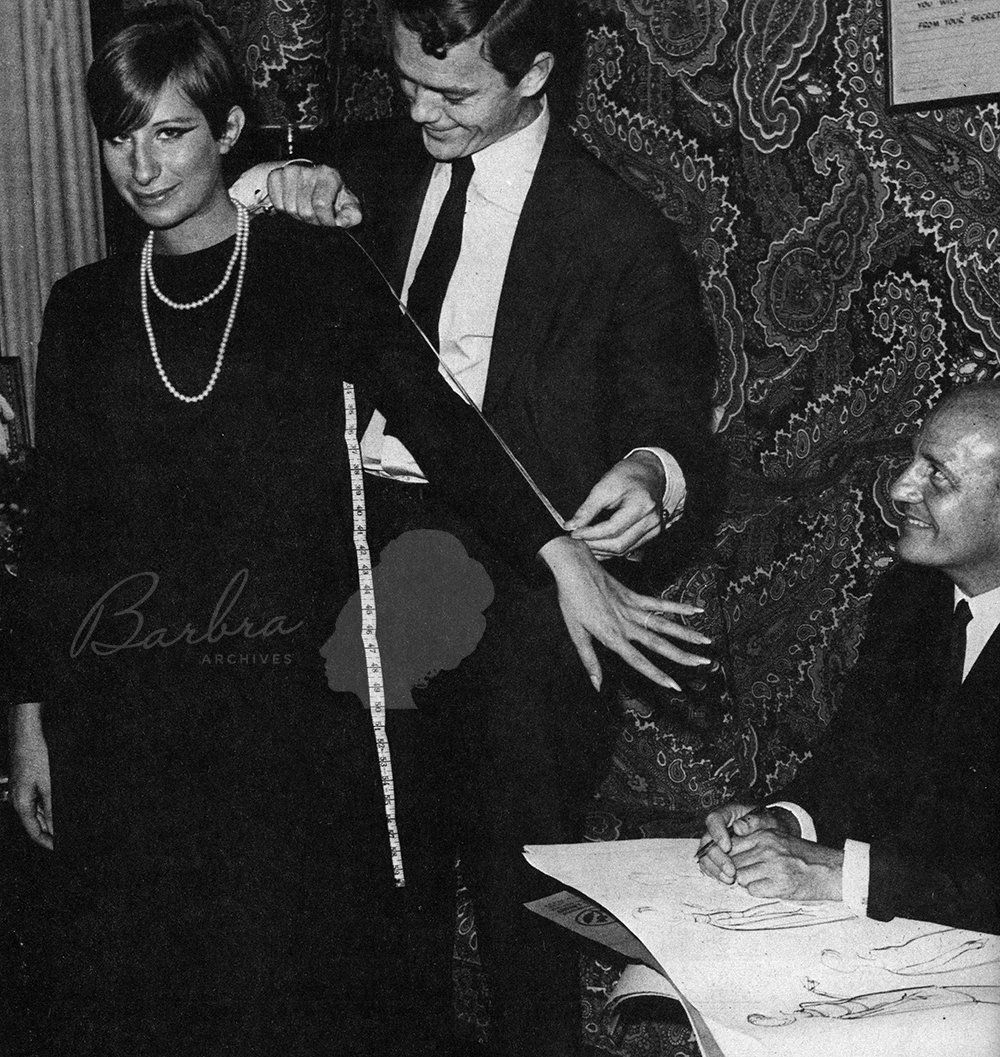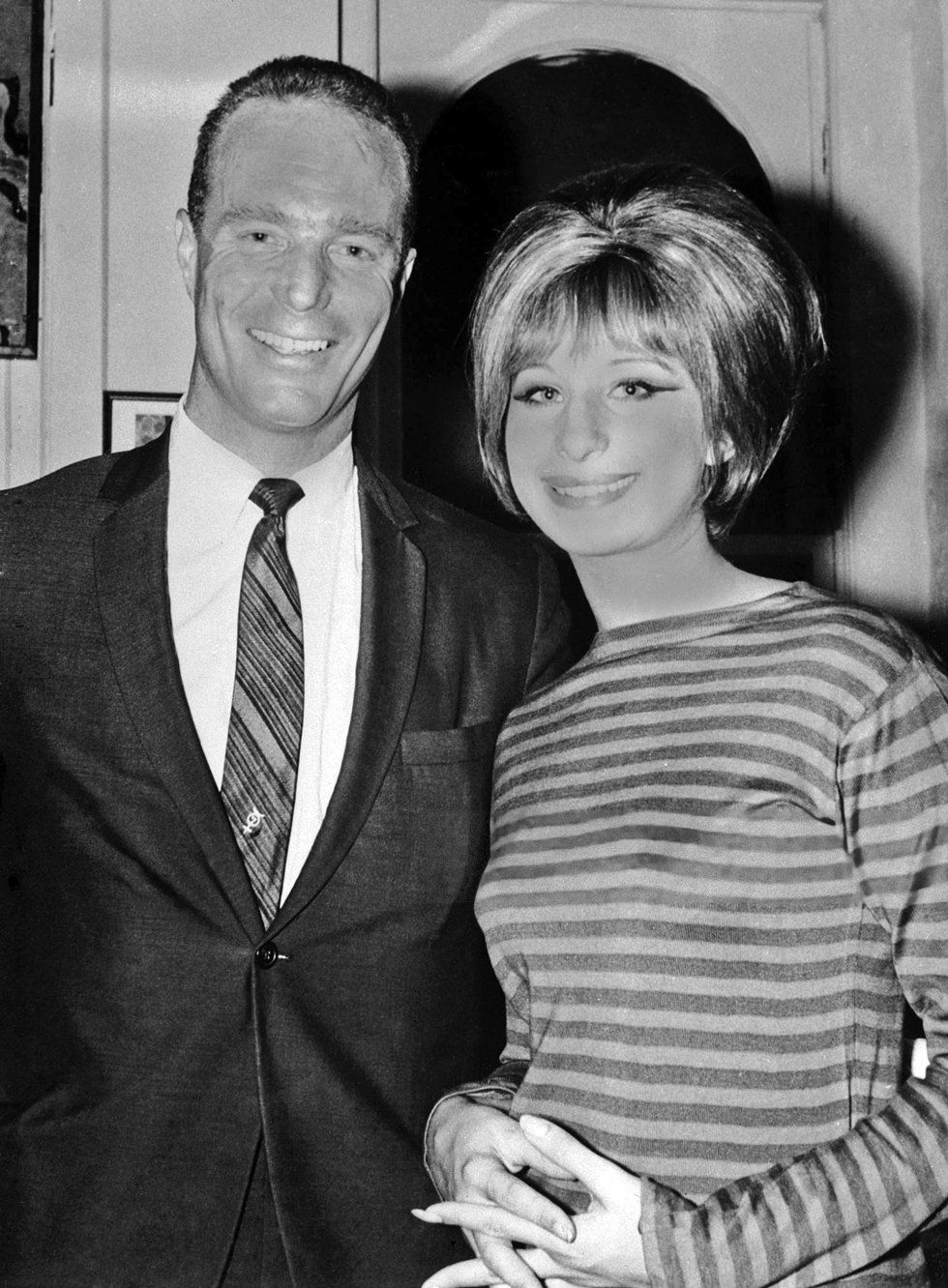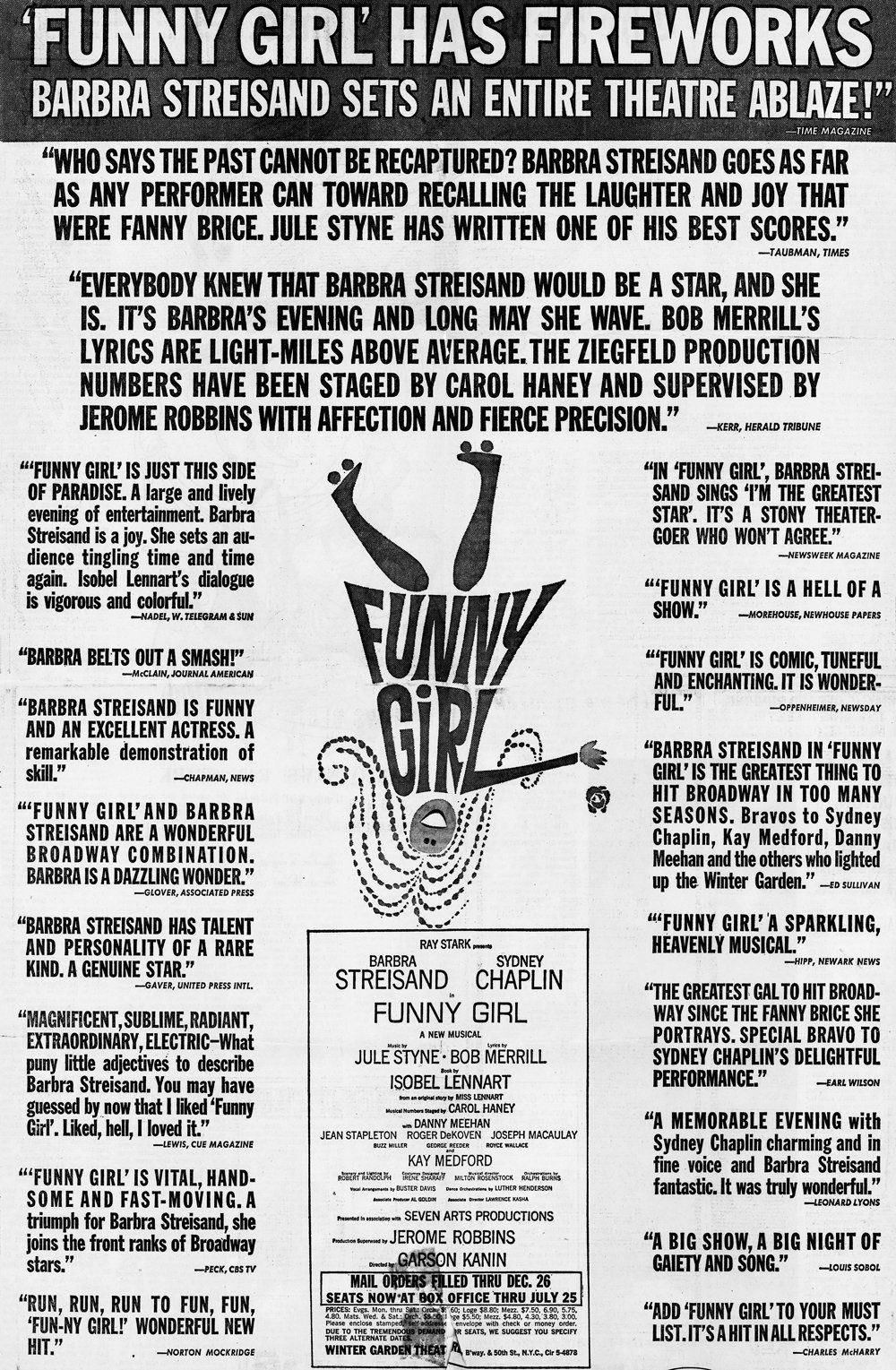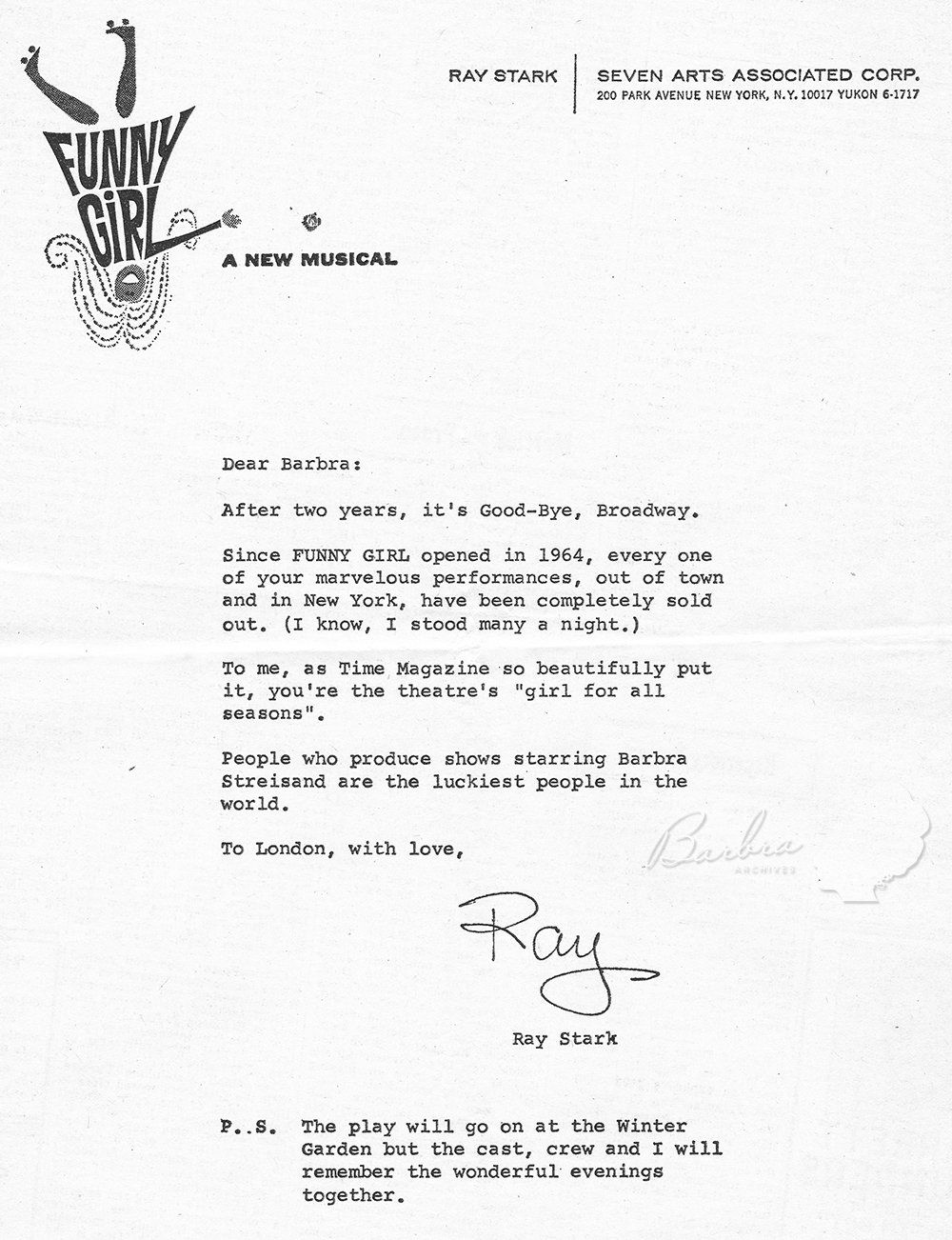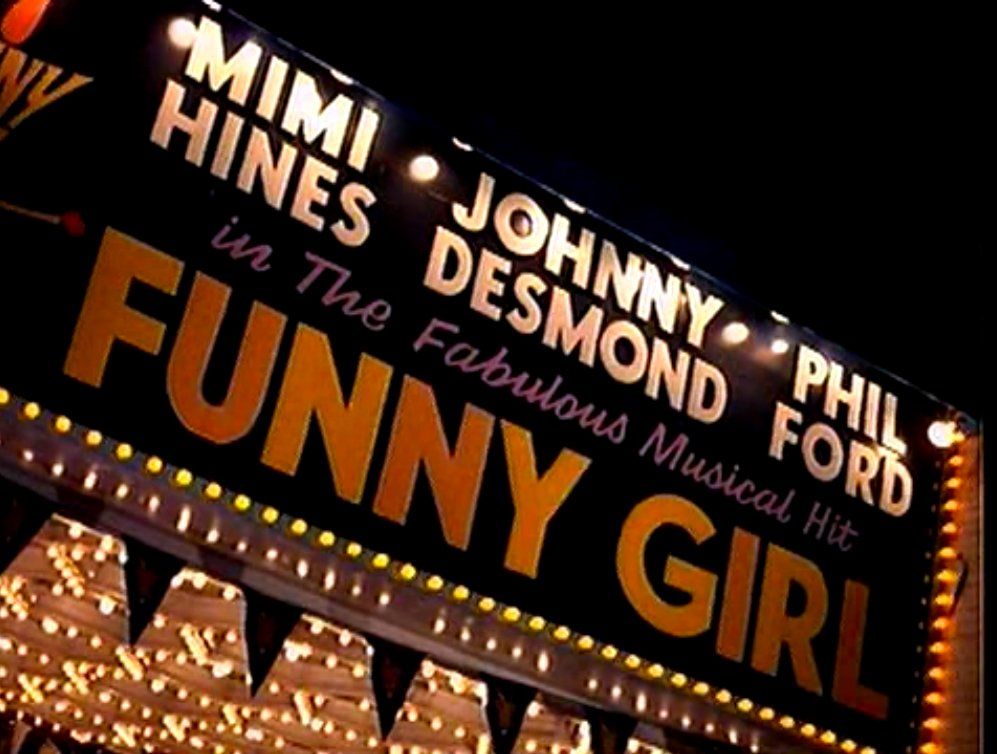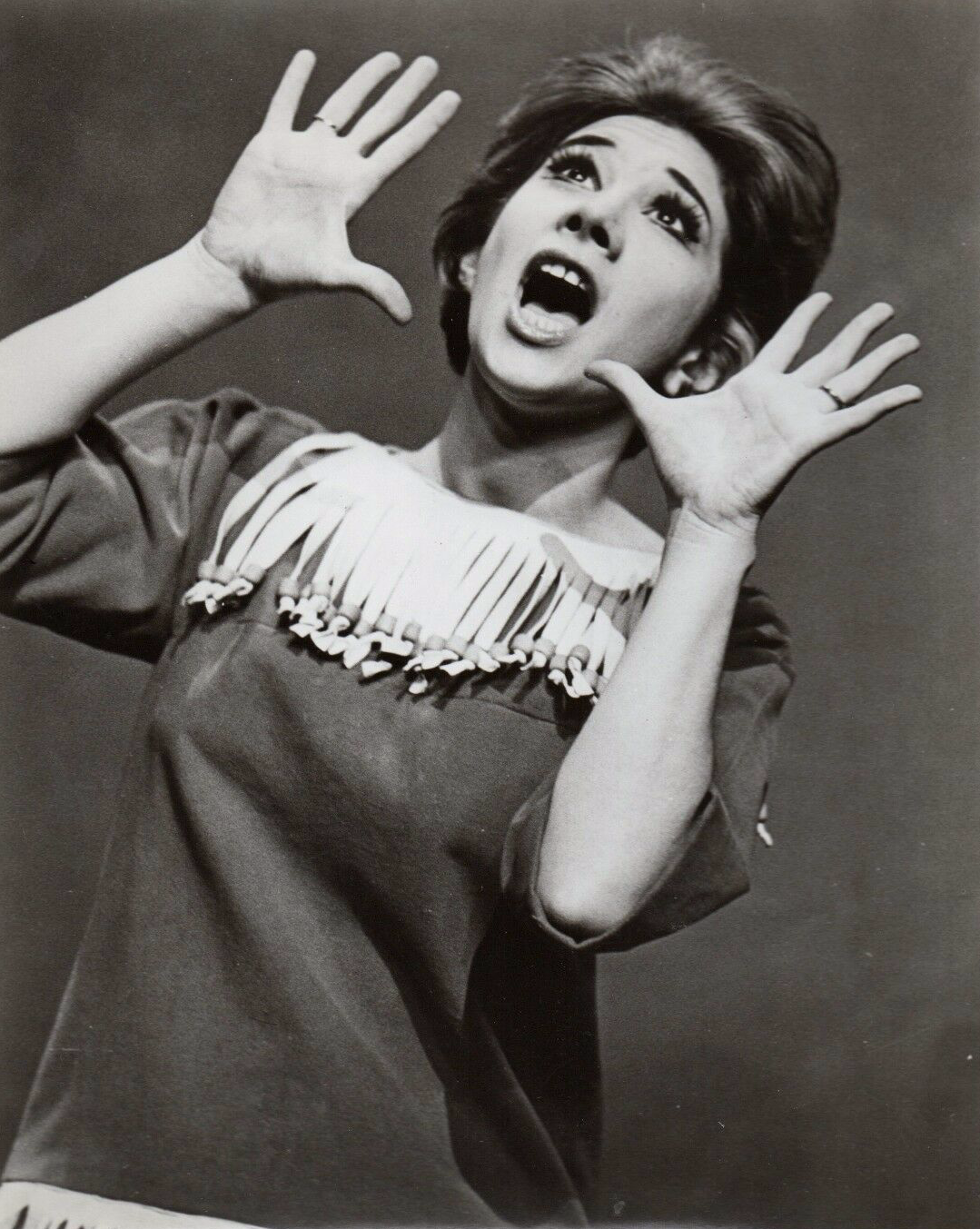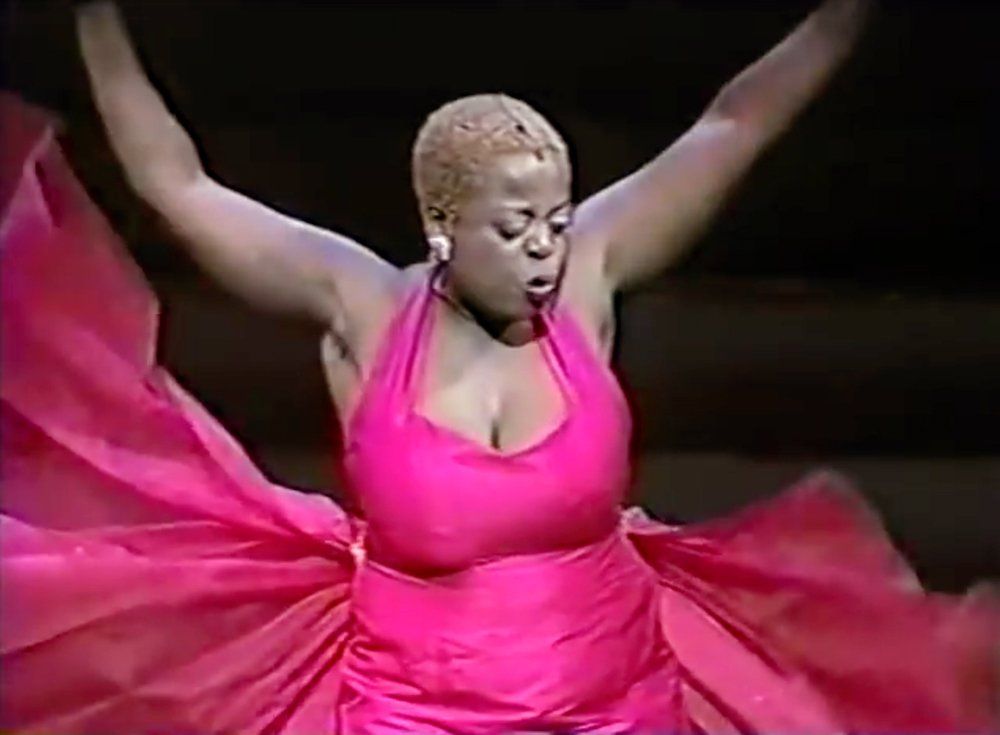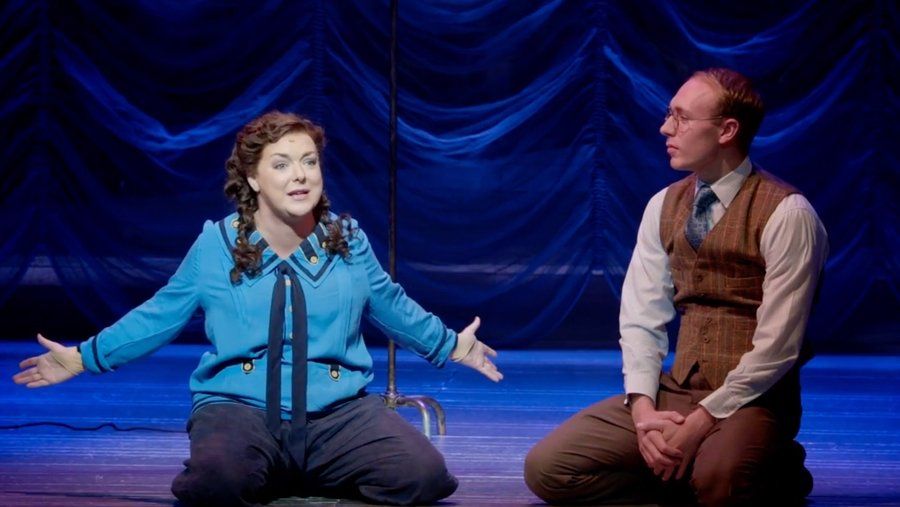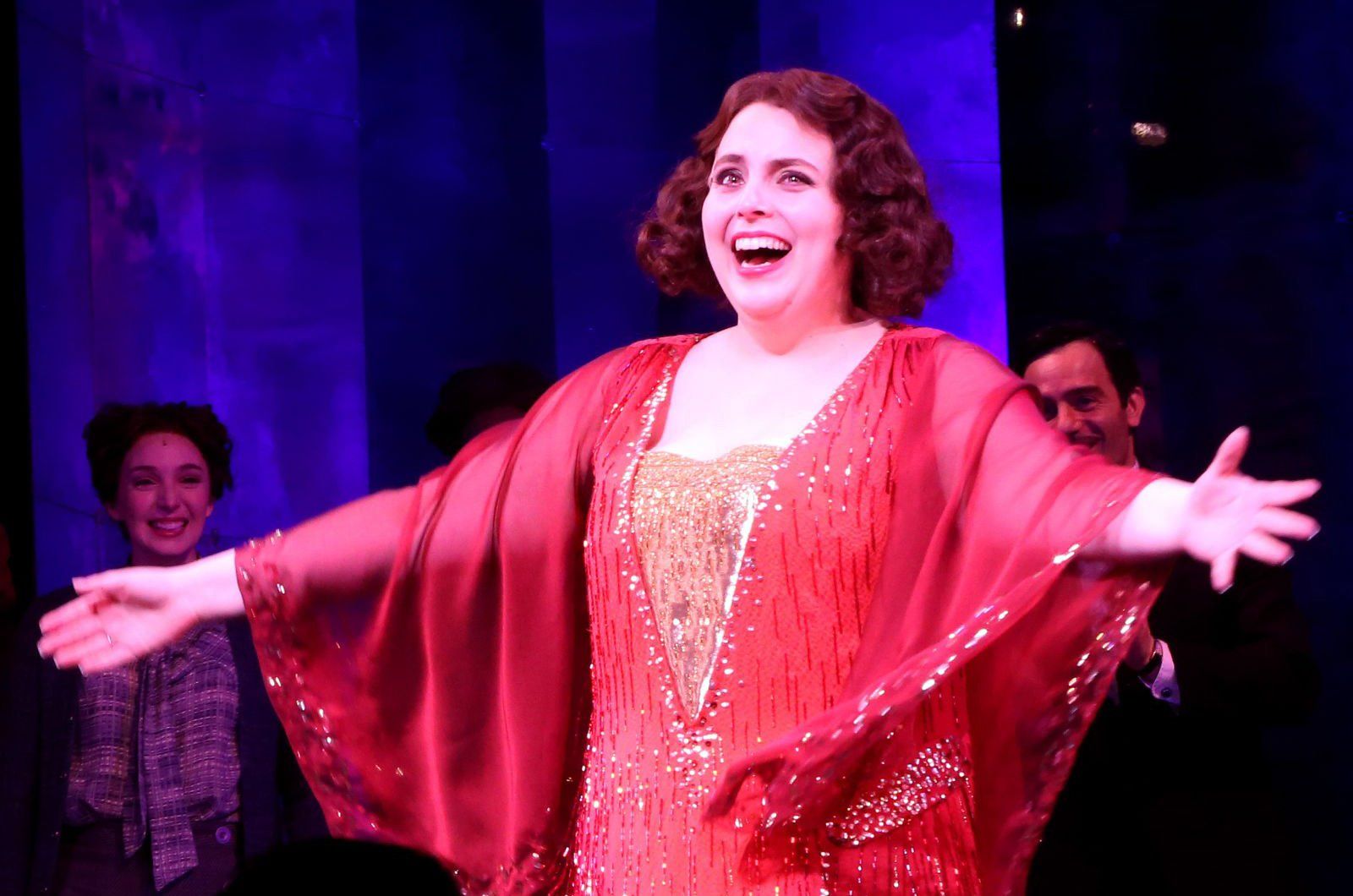Irene Sharaff won five Academy Awards for costume design: An American in Paris, The King and I, West Side Story, Cleopatra and Who's Afraid of Virginia Woolf? She was also nominated for five Tony Awards. Sharaff designed the West Side Story costumes (both stage and screen versions) as well as Funny Girl—again, costumes for both the stage play and film.
“I see everything in blocks of color,” Sharaff said about her style, “rather like a painting. If I have a leitmotif, a logo, I suspect it is associated with the colors I prefer: reds, pinks, oranges.”
Sharaff wrote about Streisand in her 1976 book Broadway & Hollywood: Costumes Designed by Irene Sharaff.
“Barbra had an extraordinary memory about movies and stars. With the strong streak of Walter Mitty in her, she would turn up at fittings impersonating stars, usually of the twenties ...”
“Barbra with her logorrhea expressed her opinions freely and endlessly about everyone and everything, including the technique of movie making,” Sharaff also wrote.
Streisand was mic’d for Funny Girl on the stage—which meant all of her costumes were fashioned with a small buttonhole for a microphone to poke through. Ray Diffen, who assisted Irene Sharaff on the Funny Girl costumes, wrote that “the aerial was wound around her body, the microphone was fixed to her bra and the battery pack was taped to her leg, or the small of her back. The battery pack then was quite unwieldy, as big as a packet of cigarettes.”
Diffen further explained the technology: “all [costumes] had a small buttonhole for the mic to poke through. This had to be found by the dresser, in the dark in a hurry. It was a nightmare! In Boston we lost three outfits that couldn't be changed in time.”
Diffen described the quick-change Streisand had to make during The Music That Makes Me Dance: “we had to rig up a long evening dress under a short fur coat of leopard skin. She had to step back through a curtain of fringe, unhook the coat, let the dress fall and step through the curtain and sing.”
BELOW: Click to view the photo gallery of Irene Sharaff costume designs for Funny Girl.

